
|
Welcome to our public lecture series, normally held at 7PM on selected dates during the school year. Our own Columbia University physicists and scientists will present an overview of the international and local experiments that our world-renowned research teams are working on: Big bang cosmology, dark matter, neutrino physics, particle colliders, biophysics, astrophysics; we’ll cover them all!
Lectures are held at the Nevis Science Center, South Broadway, Irvington NY 10533 (please read the directions before trusting your GPS). We encourage people to attend in person, but the talks are usually available for remote viewing after the presentation.
Doors open at 6:45PM. Everyone is welcome. These talks are intended for a general audience. Lectures last approximately 60 minutes with time for questions/answers and discussions.
The lectures are free. Registration is required.
A recording of each presentation is typically posted on the Nevis Labs Youtube channel within a day after the talk, if the speaker gives their permission.
If you would like to support our efforts, a tax-deductible donation can be made below.
To register please click on this button:
Seas of ChangeThe Microbial World that Drives Ocean Health and Climate Thu Dec 11, 2025, 7:00PM ET Sonya Dyhrman, Professor of Earth and Environmental Sciences, and Senior Staff at Lamont-Doherty Earth Observatory, Columbia University Every drop of seawater contains a vast network of microbes and chemicals that provide the foundation of the marine food web, and cycle elements like carbon and nitrogen. Visualizing this unseen world is increasingly tractable with advances in DNA sequencing allowing microbiologists to understand which microbes are present and what they are doing. This unseen world makes the planet habitable, but many uncertainties exist about the composition of this chemical microbe network, and its sensitivity to a changing ocean. Marine microbes are quite literally talking to each other. Come hear about how we can listen in on their chemical conversations to better understand how they power ocean ecosystems and influence climate on our beautiful blue planet. |
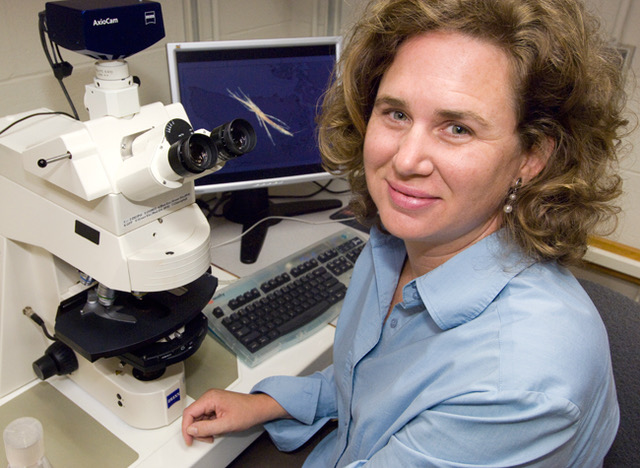
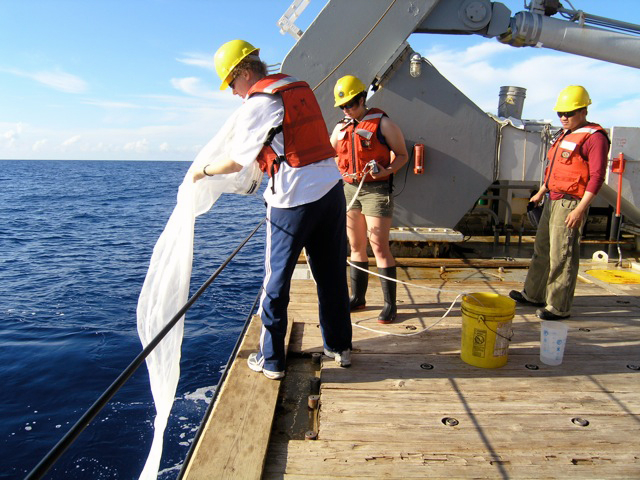
|
How Black Holes Make Nature’s Highest-Energy ParticlesThu Nov 13, 2025, 7:00PM ET Lorenzo Sironi, Associate Professor of Astronomy, Columbia University Black holes don’t just pull things in—they also launch narrow, fast “jets” that punch out from their surroundings. In black hole jets and at their boundaries, tangled magnetic fields snap and reconnect—much like stretched rubber bands breaking and re-tying—suddenly releasing energy. This process both lights up the rims of some famous jets (such as the one in the galaxy M87) and floods nearby space with ultra-energetic particles. Those particles can shine into powerful X-rays and, in some cases, smash together to create ghostly messengers called neutrinos. We’ll explore how these “magnetic fireworks” may explain puzzling X-rays from black-hole binaries and could even be the engine behind the high-energy neutrinos recently spotted by the IceCube Observatory—offering fresh clues to the origins of ultra-high-energy cosmic rays, the highest energy particles in our Universe. A recording is available on YouTube.. |
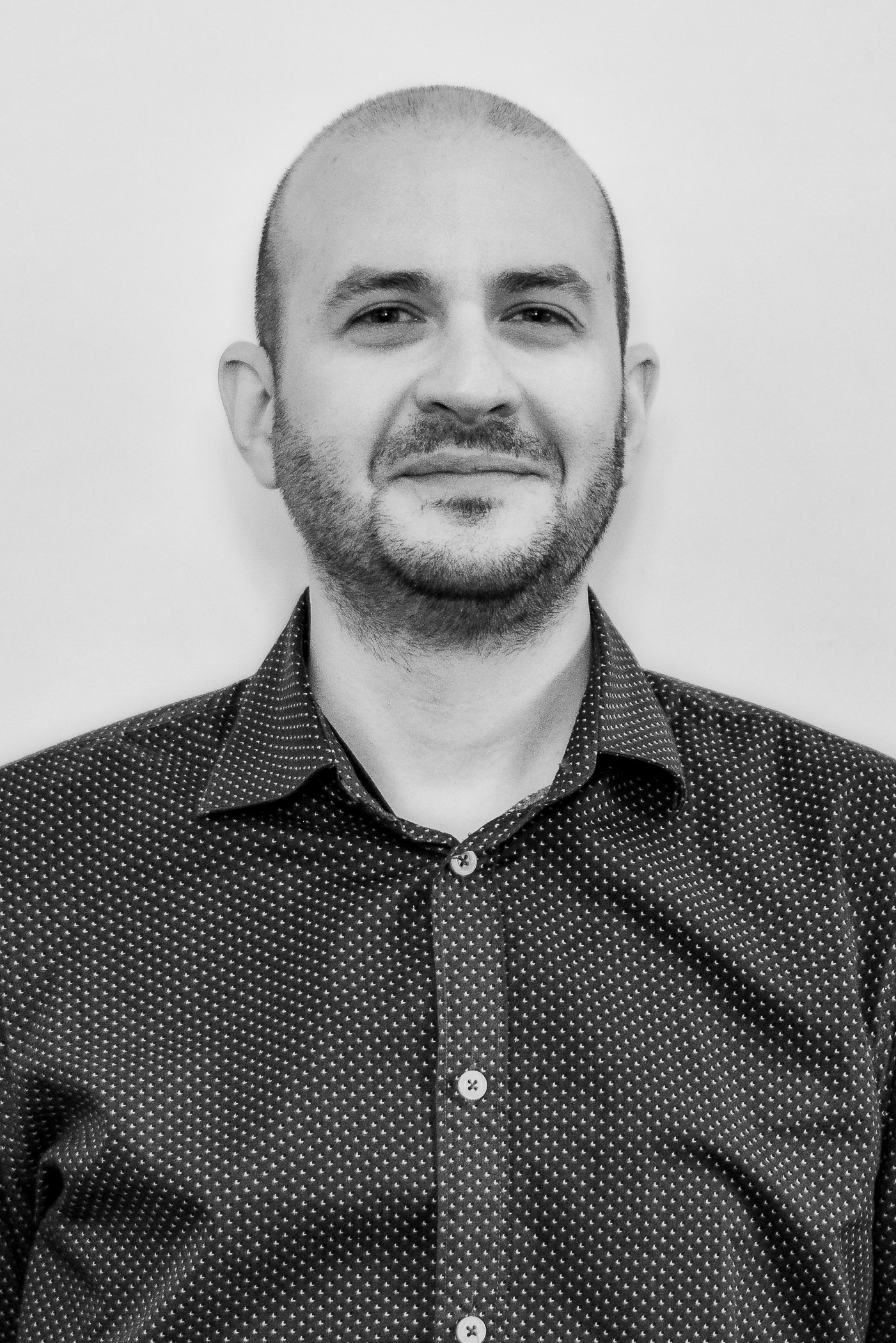
|
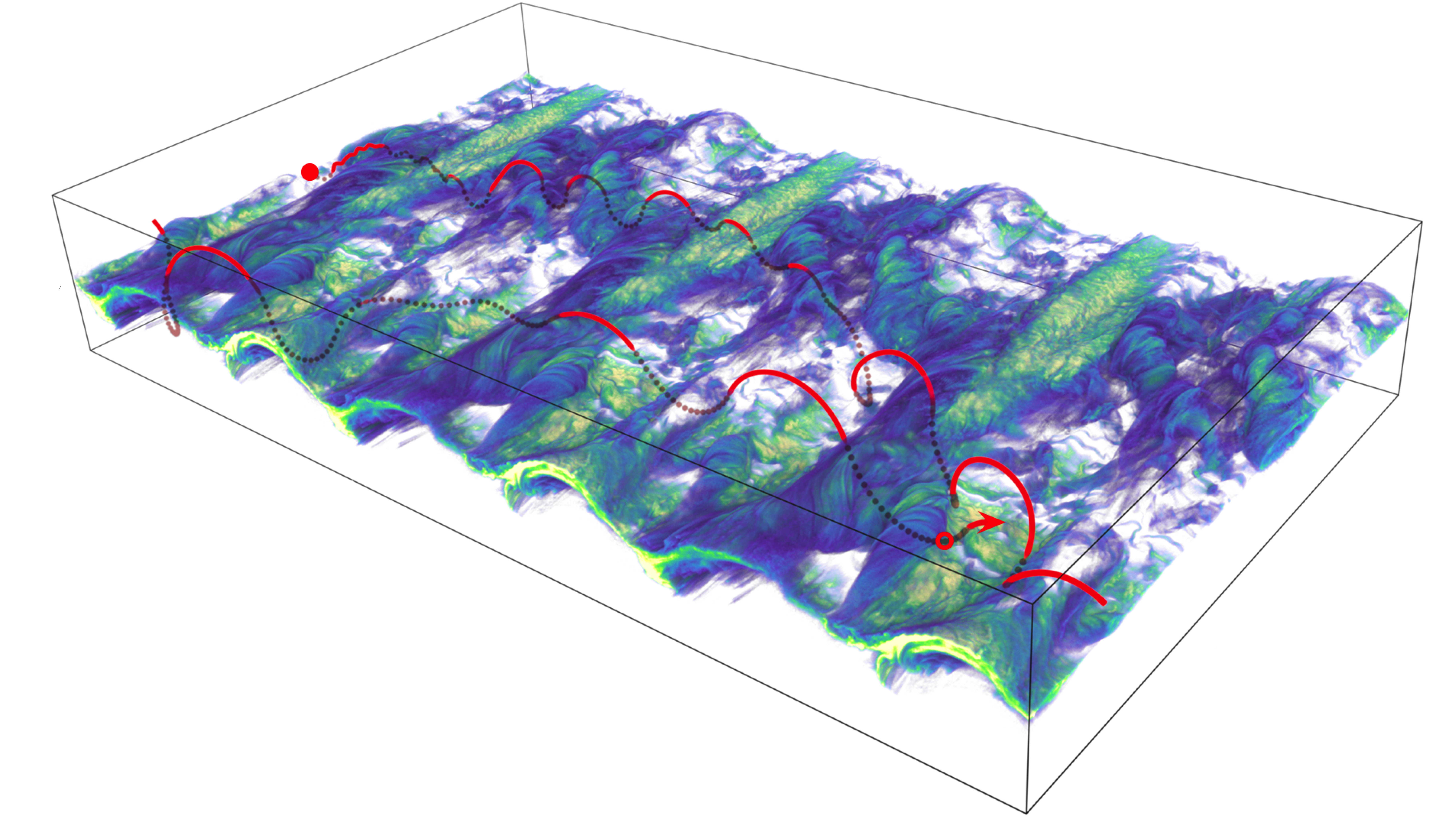
|
|
Cleaning Up FlatlandControlling defects and disorder to realize the promise of two-dimensional materials Thu Oct 16, 2025, 7:00PM ET James Hone, Professor of Mechanical Engineering, Columbia University Revolutions in science and technology often rest on a foundation of advances in materials science – the fundamental understanding and control of the materials used to build everything around us. While this has been true for thousands of years (think of the stone, bronze, and iron ages), the most recent example is the rise of digital electronics, which is built on single-crystalline silicon wafers made from the purest material ever produced. This extreme purity, which is the result of decades of research and development, underpins the high performance and reliability of modern electronics. Beginning with the isolation of graphene in 2005, scientists and engineers worldwide have been captivated by the promise of two-dimensional (2D) materials. These materials, consisting of atomically thin sheets, can have a variety of properties that make them fascinating both as platforms for fundamental studies and for applications in areas such as electronics, optics, and biosensing. However, realizing the vast potential of these materials requires the same attention to ‘quality control’ as for silicon. In this talk, I will discuss how my group at Columbia, together with many collaborators, has been tackling the quality control challenge for 2D materials over the past 15 years. This challenge involves improving the purity of the materials themselves, as well as minimizing disorder from the surrounding environment. I will describe some of the science and technology breakthroughs that our efforts have enabled, and our ongoing work to use high-purity 2D materials for applications such as quantum computing. A recording is available on YouTube.. |
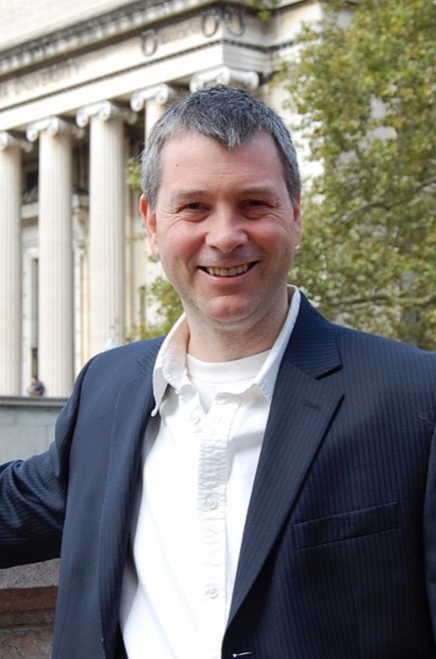
|
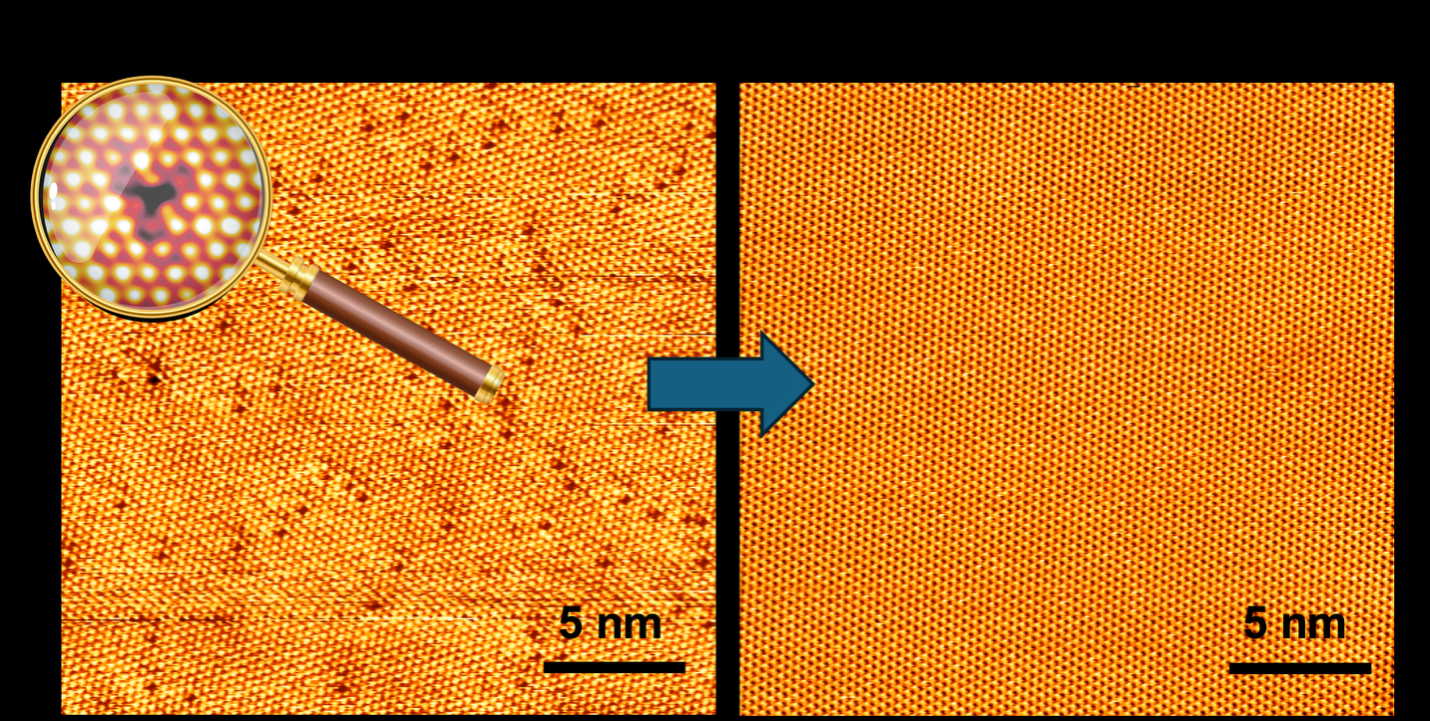
|
|
Beneath the AlpsCERN, the ATLAS detector, and the search for new physics Thu Sep 11, 2025, 7:00PM ET Dr. Lauren Osojnak, EKA Postdoctoral Research Scientist, Columbia University Hundreds of feet underground at the border between France and Switzerland lies CERN's Large Hadron Collider. This is the world largest particle accelerator. Here, protons collide billions of times per second at nearly the speed of light to create enormous amount of physics data that let us glimpse into the early universe. The discovery of the Higgs boson was just the beginning. What mysteries lie ahead? Can the collider uncover the nature of dark matter, explain why the universe is made of mostly matter instead of antimatter, or find new symmetries beyond the Standard Model? During my years based in Geneva as a graduate student on the ATLAS experiment, I worked as an on-call expert. I would often climb inside the detector itself to repair vital electronics. In this talk, I will share both the science and the adventure of this experience. It will span from the physics questions driving experiments like ATLAS, to what it is really like to get a 3 a.m. phone call, grab a radiation detector, and head underground to the cavern. Together, we will explore how these extraordinary machines bring us closer to answering some of the universe’s biggest questions. A recording of this presentation is available on YouTube. |
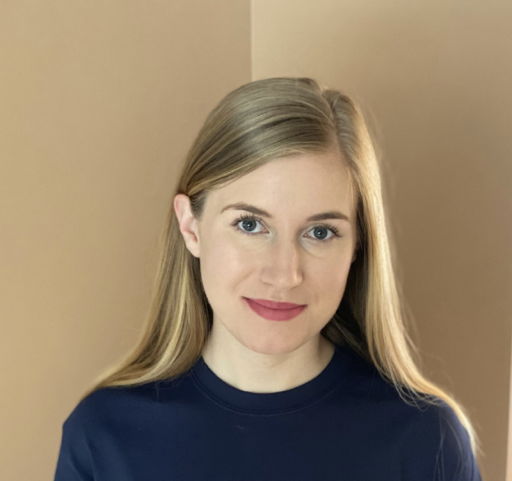
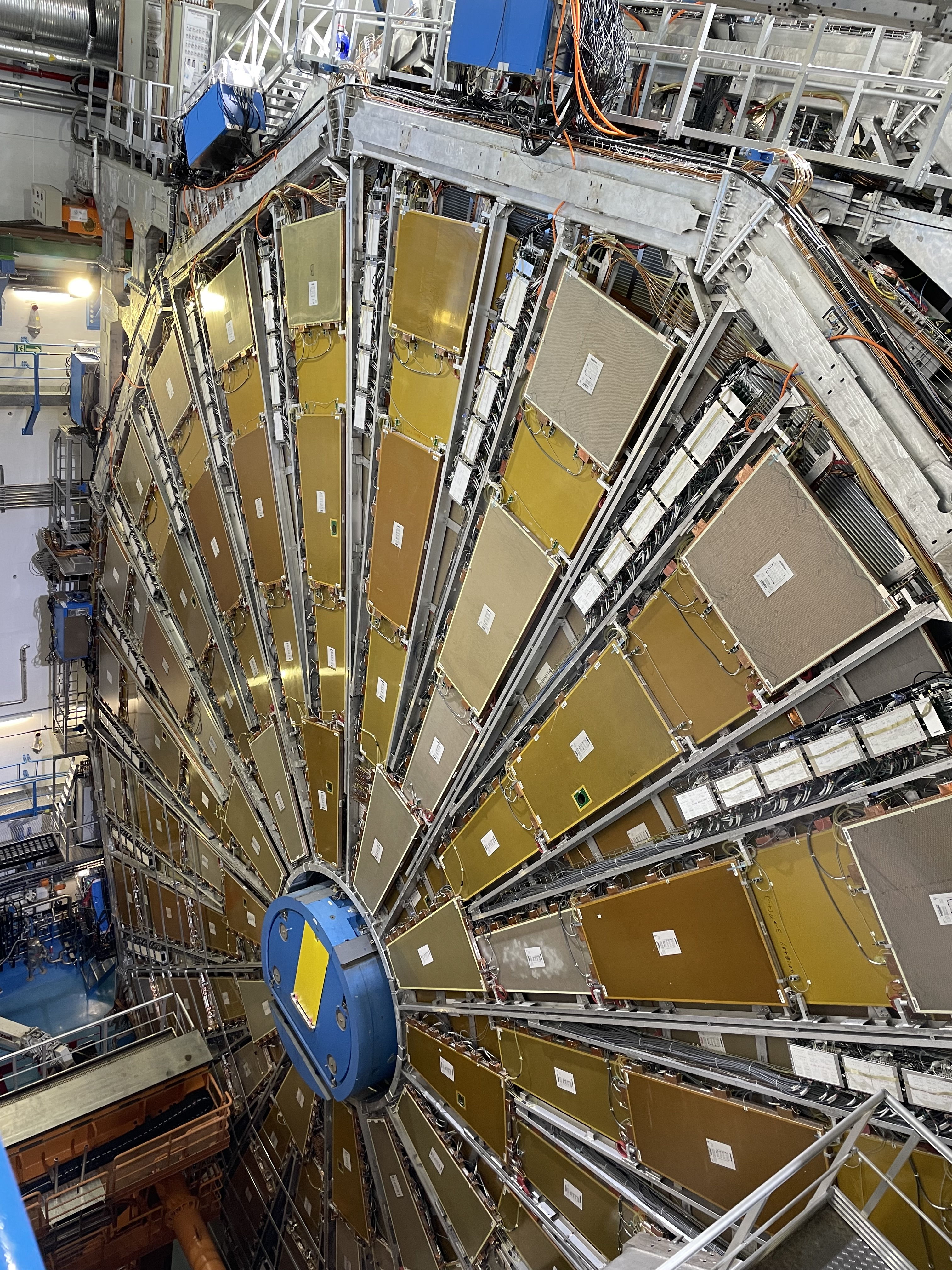
|
Neutrinos! Our Friendly Portal to the "Dark Sector"Thu May 8, 2025, 7:00PM ET Mark Ross-Lonergan, Assistant Professor of Physics, Columbia University We invite you to join us for a reception at the Nevis Mansion House after the presentation. Neutrinos are amongst the most fascinating and mysterious fundamental particles that we know of. Despite their incredibly weak interactions and difficulty to observe, they play a vital role in shaping our understanding of the universe, from the mechanics of stellar burning to the dynamics of cosmic expansion. Over the past few decades, breakthroughs in neutrino physics have transformed these once-elusive particles into subjects of precision measurement through a host of past, present and future experiments underway across the globe. But as our knowledge of neutrinos has grown, so too has the even more intriguing possibility that they might connect us to something even more mysterious. Due to their unique properties, neutrinos may communicate with, or act as a portal, to the "dark sector" a hypothesized realm where dark matter, sterile neutrinos, and new fundamental forces might live. This talk will explore how modern neutrino experiments are uniquely positioned to probe this dark sector. We will discuss the advanced detector technologies enabling these discoveries, examine intriguing anomalies that already hint at new physics, and provide a glimpse into the future of this rapidly growing field. A recording of this presentation is available on YouTube. |
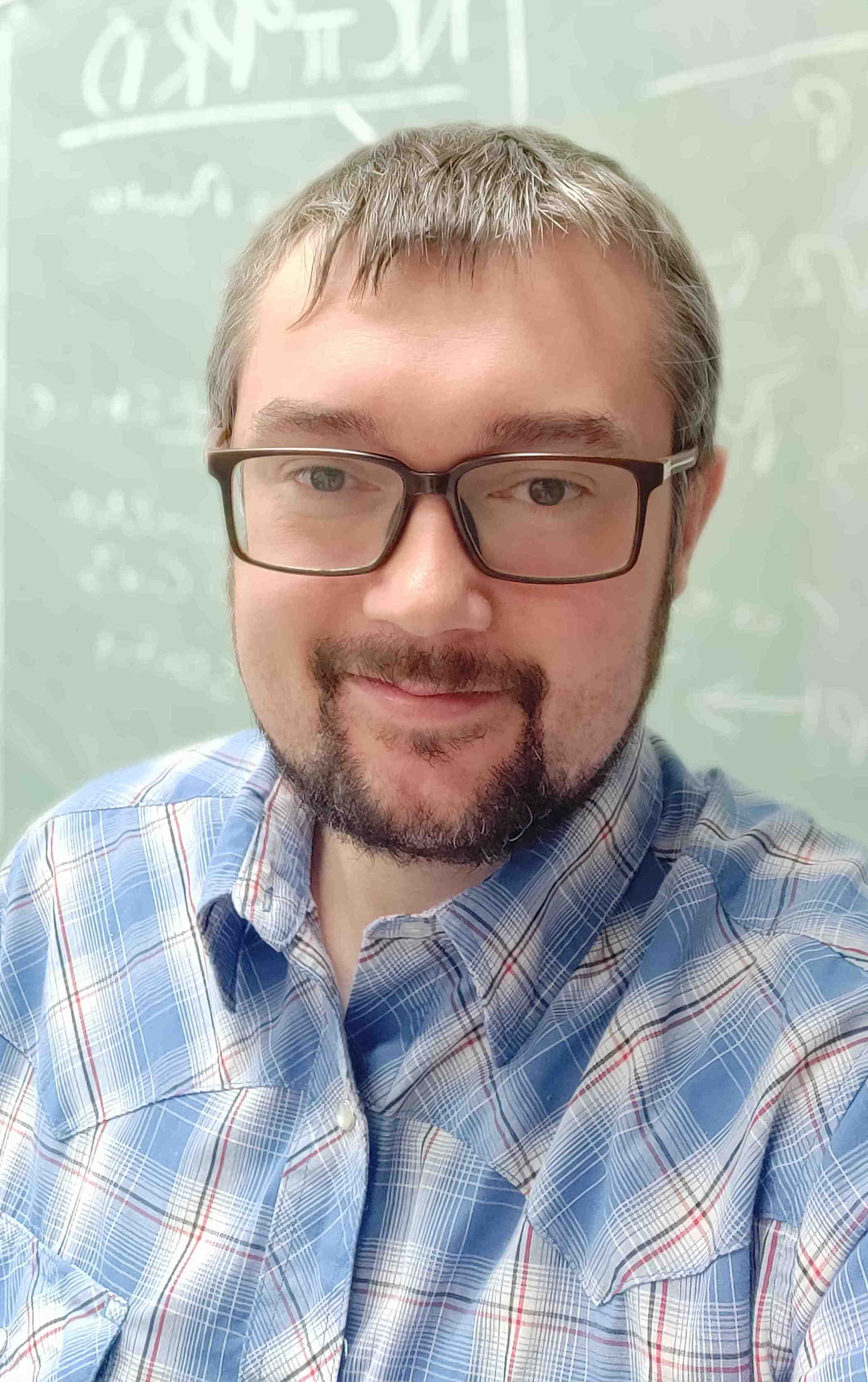
|
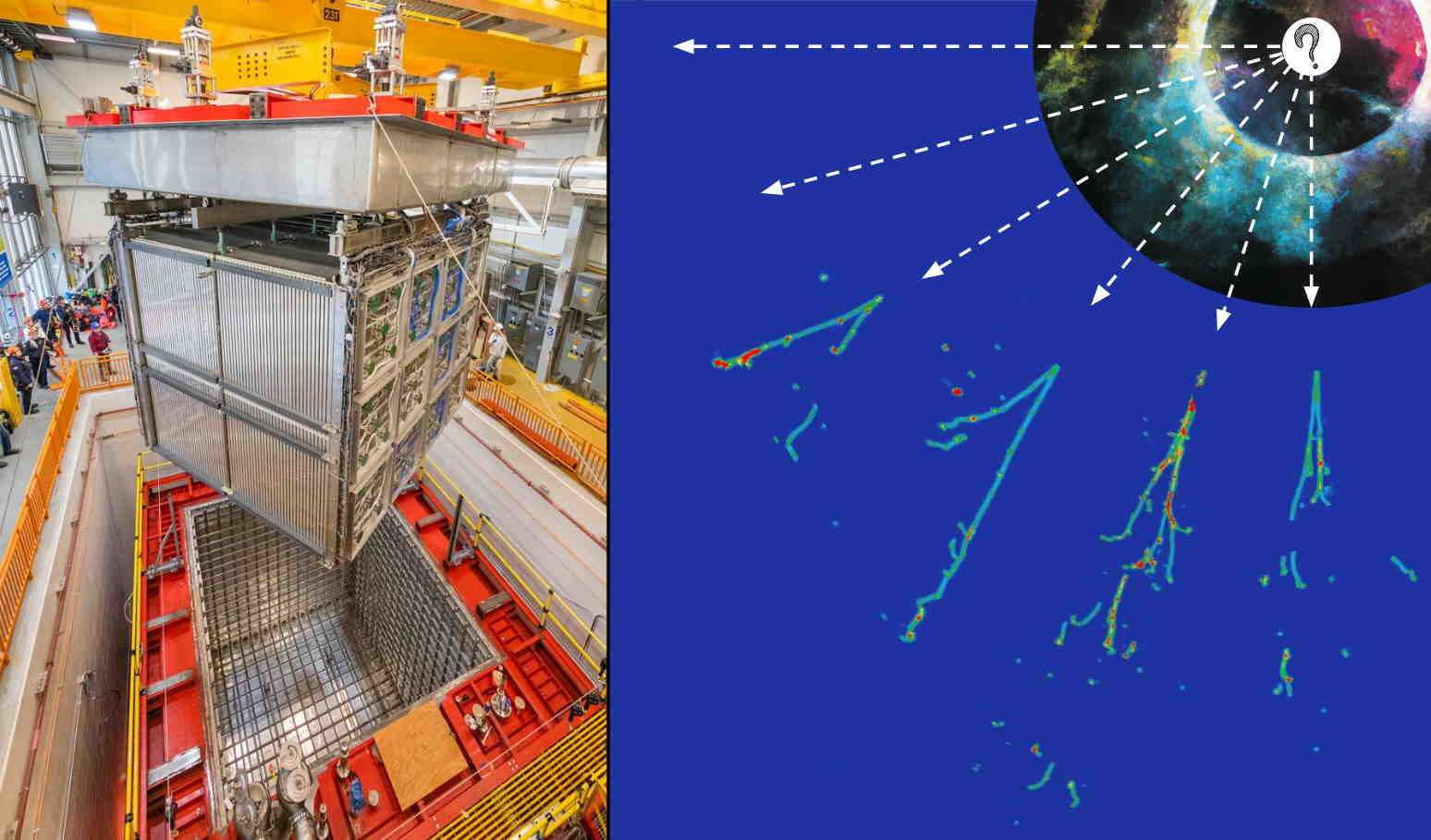
|
|
Author Talk and Book Signing – James Alexander HamiltonTue Apr 15, 2025, 7:00PM ET Samantha Wilcoxson, Author of James Alexander Hamilton: Son of the American Revolution Nevis Laboratories is the former estate of James Alexander Hamilton, named for the small Caribbean island on which his father was born. Long before it was donated to Columbia University, Nevis was a bustling family home to James, his wife, Mary Morris, and their five children. This campus history is what first brought Samantha to Hudson Valley, and she is happy to return to discuss her new book, a biography of James Alexander Hamilton. Born in the year of the Constitutional Convention, James was uniquely positioned to observe the early republic era and the formation of the experimental US government. This talk will explore James’s life and his observations on the founding of America through its deadly Civil War. His first-hand account of these transformative years gives us a window into the past and greater understanding of the era. James wrote honestly about his evolution in thinking on slavery, Western Expansion, and states’ rights in addition to the passion he inherited from his father for banking and Constitutional law. Samantha will explore these topics as well as some of James’s personal adventures, such as being a member of the crew in the regatta that would become known as America’s Cup. You will be left with a new appreciation for the heirs of the Founding Fathers who inherited the difficult work of building a nation. A recording of this presentation is available on YouTube. |
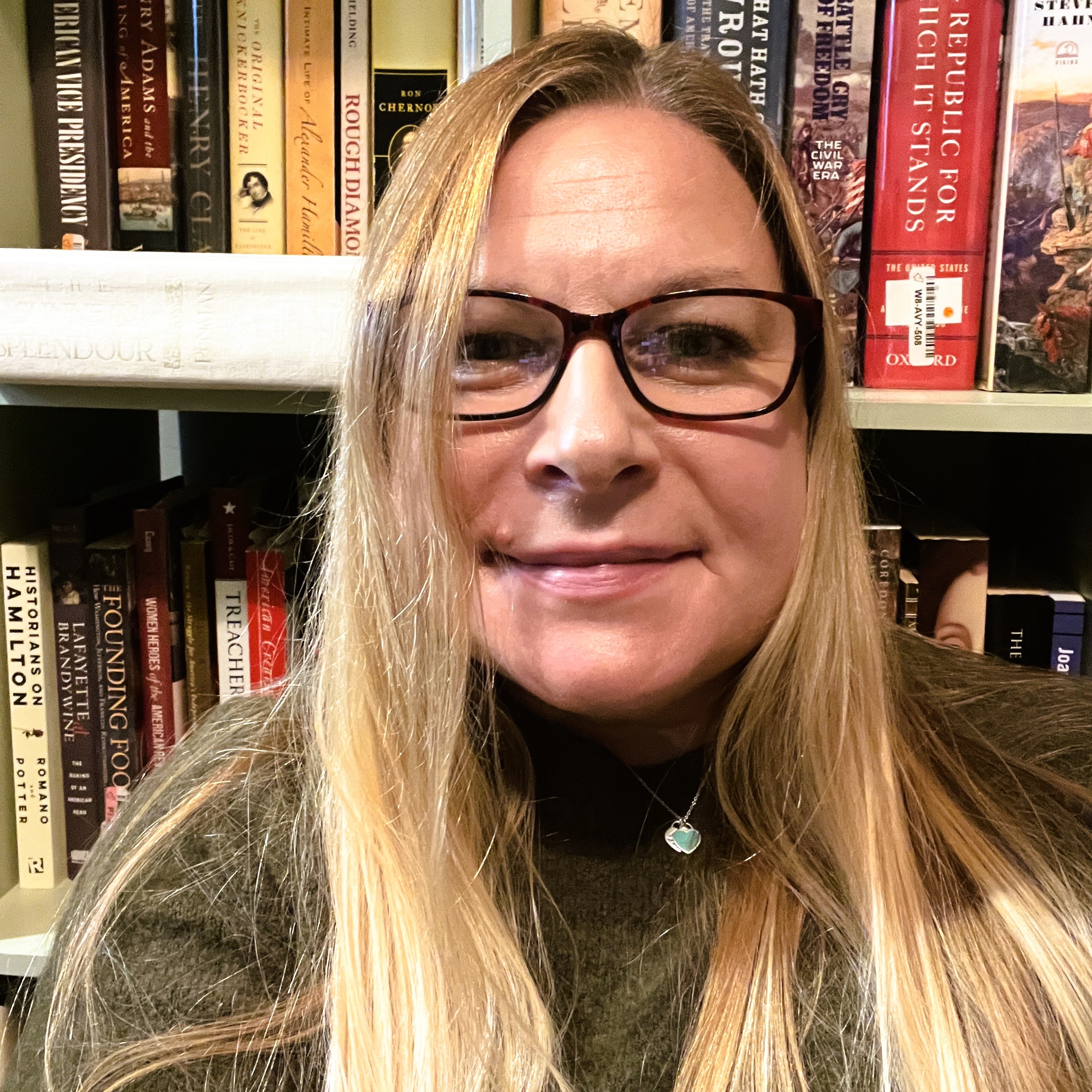
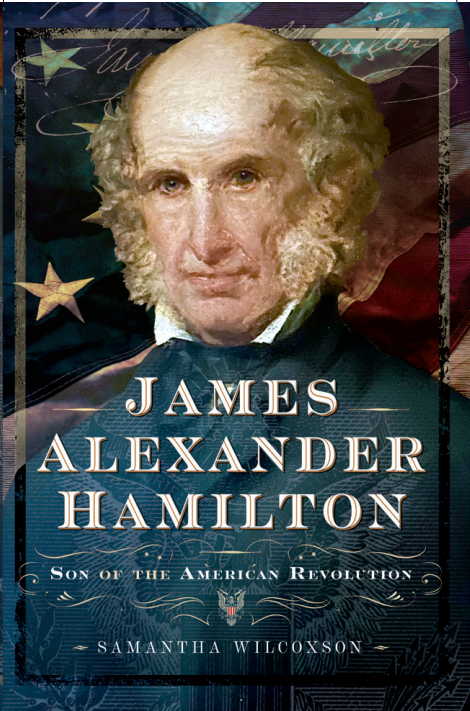
|
The Hidden Giant Earthquake Fault of the Pacific NorthwestThu Apr 10, 2025, 7:00PM ET Suzanne Carbotte, Bruce Heezen Lamont Research Professor; Associate Director, Marine and Polar Geophysics, Lamont-Doherty Earth Observatory Subduction zones, where Earth’s tectonic plates collide and one plate is thrust beneath another, generate the largest and most destructive earthquakes and tsunamis on our planet. The Cascadia Subduction Zone lies in our backyard in the Pacific Northwest and poses the greatest earthquake hazard for the mainland United States. The last “Big One” occurred on January 26 1700 CE, as determined from a remarkable geological sleuthing story that pieced together records of a phantom tsunami in Japan and dating of drowned forests along the Washington and Oregon coasts. This talk will focus on new constraints from modern marine geophysical imaging on the part of the “megathrust” fault zone that generates the giant earthquakes but which lies hidden from view in the offshore, buried 3-12 miles deep beneath the seafloor. A recording of this presentation has been posted to YouTube. |
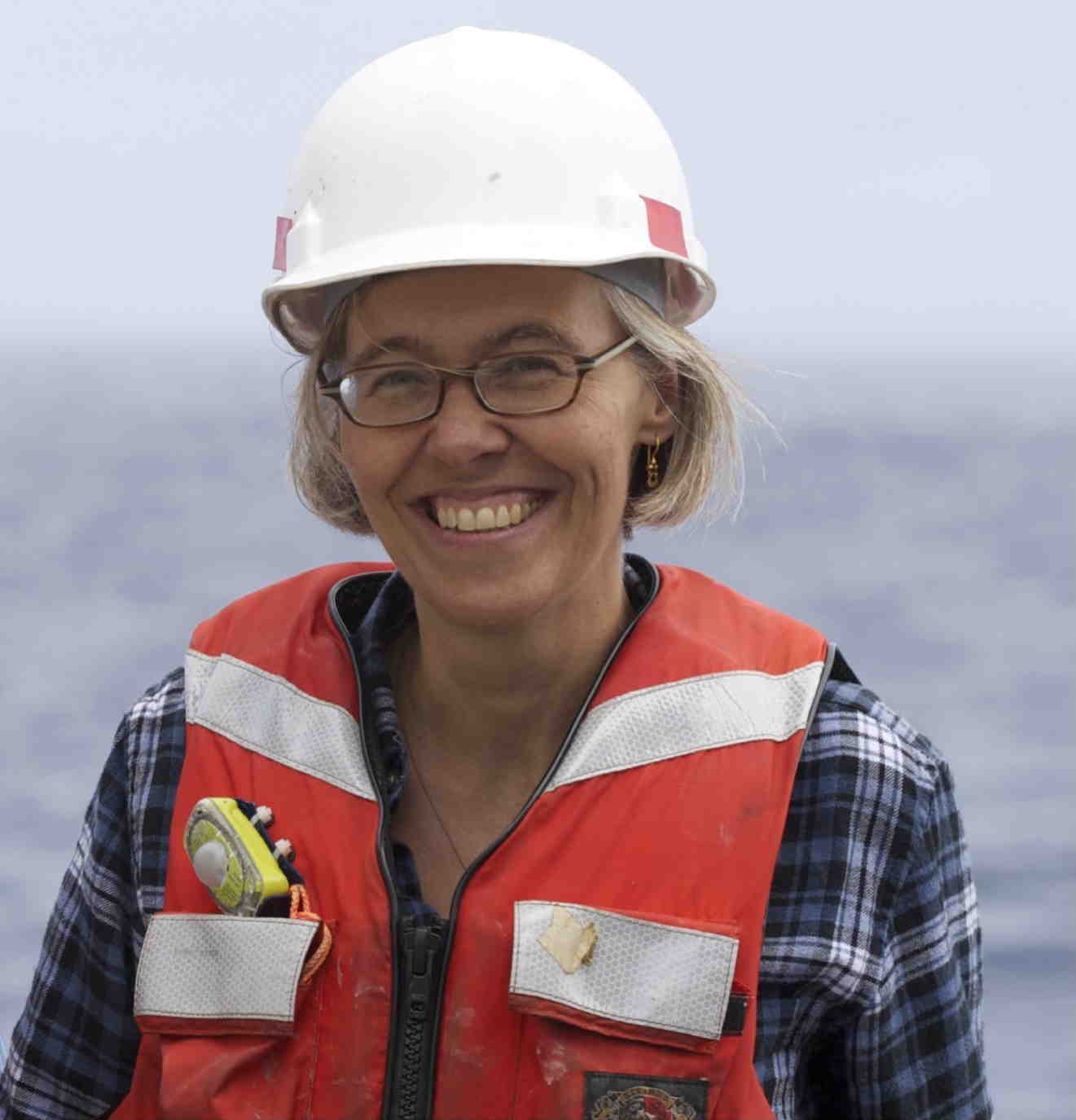
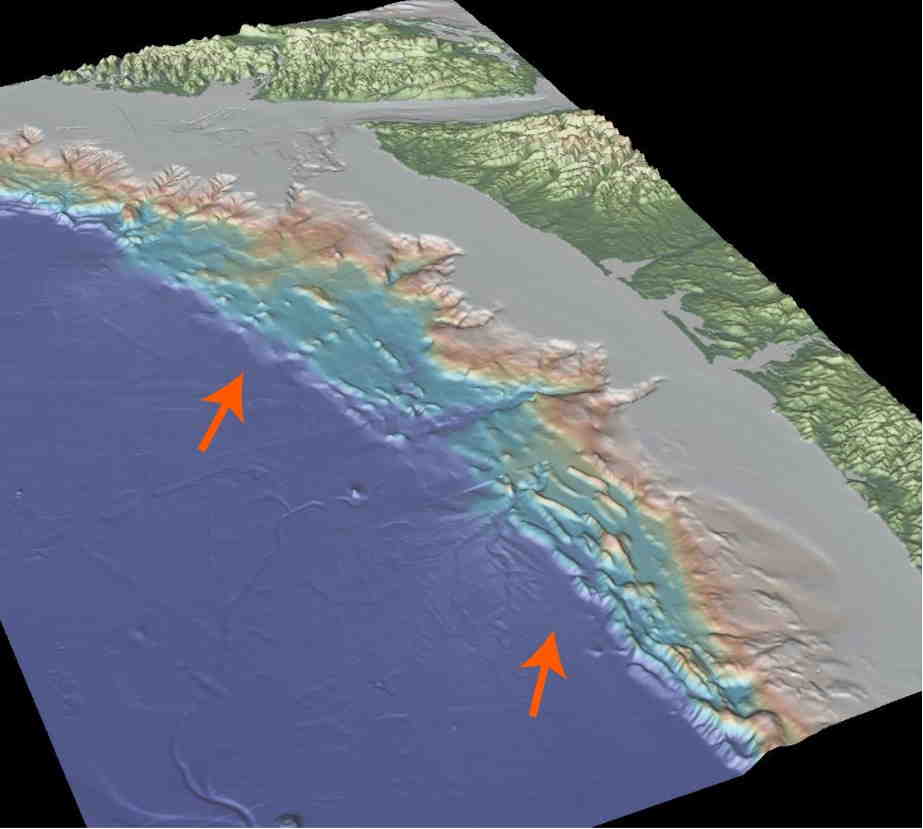
|
Peering Into the Birthplaces of PlanetsThu Mar 13, 2025, 7:00PM ET Jane Huang, Assistant Professor of Astronomy, Columbia University Astronomers have discovered thousands of planets outside of the Solar System. Many of these planets have properties that are drastically different from the eight in our Solar System. To understand the diversity of planetary properties and ultimately answer the question of how our own planet came to be, we must study the conditions under which planets form. Planets are born in protoplanetary disks, which consist of gas, dust, and ice orbiting very young stars. Observations of disks with the Atacama Large Millimeter/Sub-millimeter Array (ALMA), a powerful radio telescope in the Atacama Desert in Chile, are playing a critical role in unveiling the chemistry and physics of planet formation. I will discuss ALMA's key discoveries as well as some of the mysteries of planet formation that remain open. A recording of this talk is available on YouTube. Due to technical problems while making the recording, the quality is poor up to the 3:30 mark, and spotty thereafter. We hope the scientific merits of the presentation make up for it. |
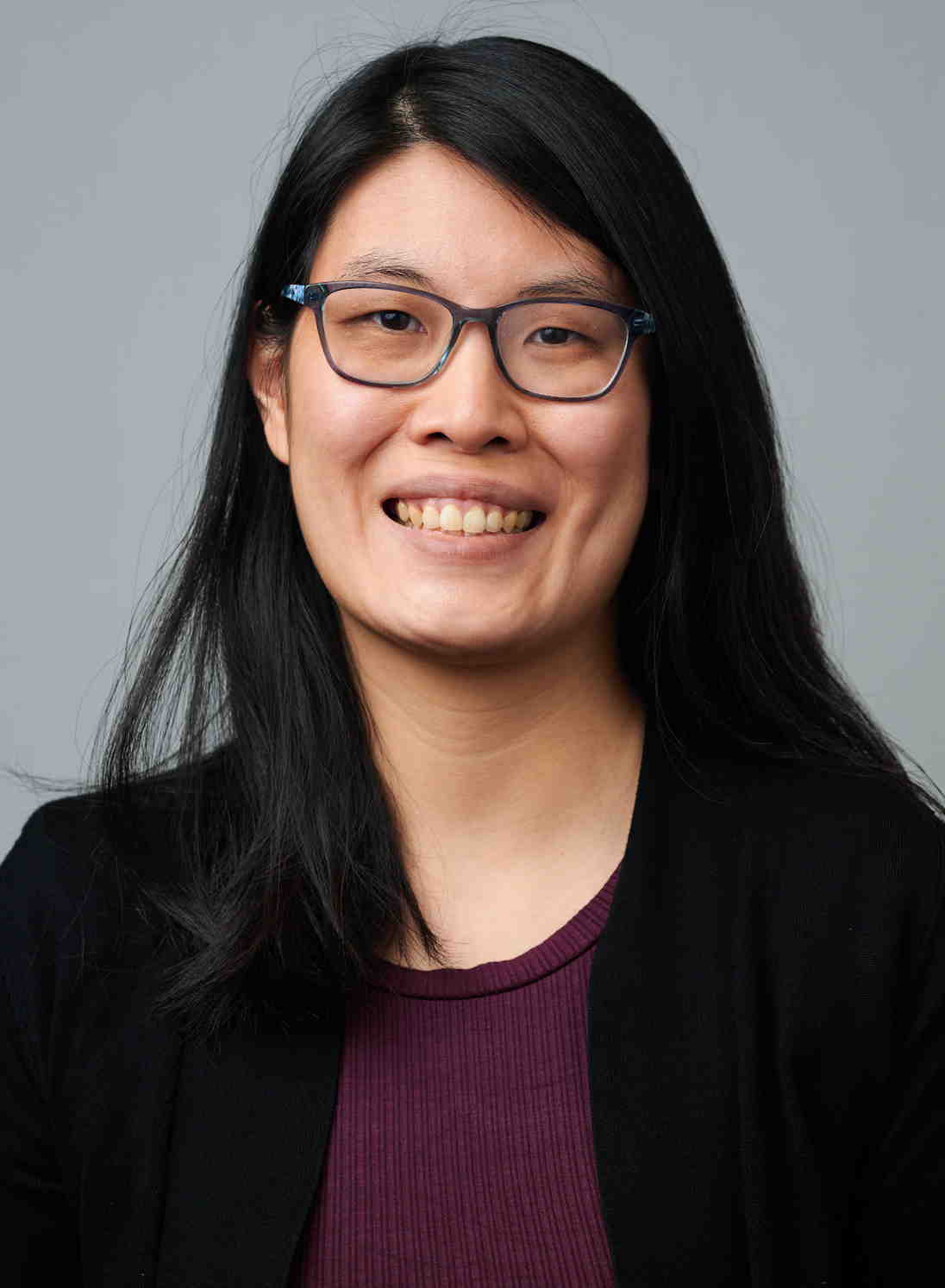
|
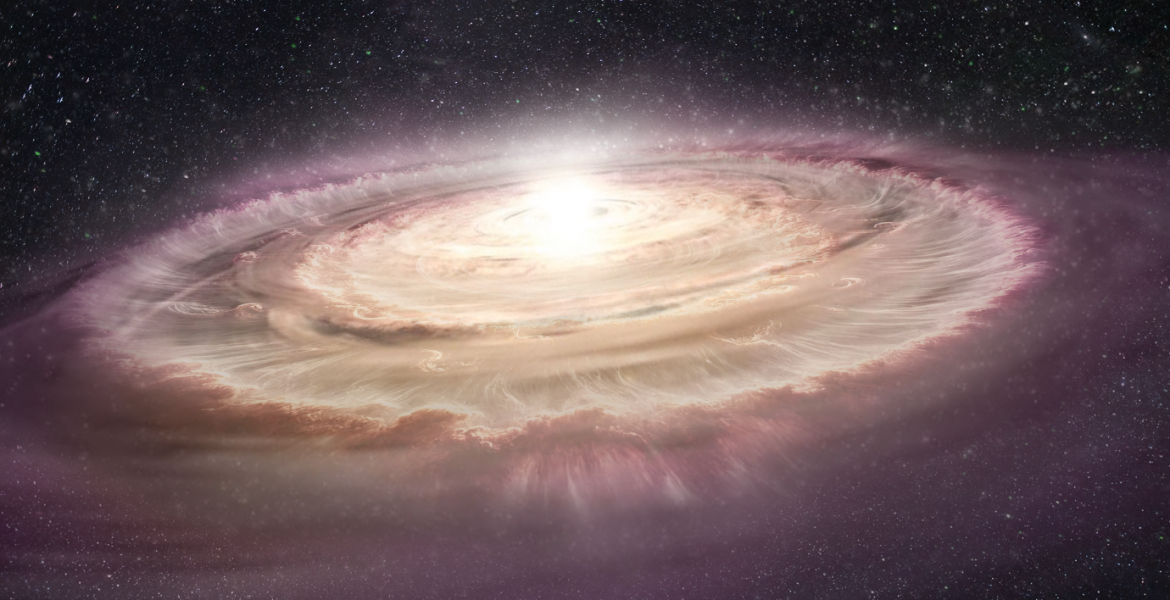
|
|
Fusion Energy: What? How? When?Thu Feb 13, 2025, 7:00PM ET Carlos Paz-Soldan, Associate Professor of Applied Physics, Columbia University Fusion has always been the energy source of the future, but today we are witnessing tremendous progress towards deployment of fusion systems and the growth of a vibrant commercial fusion industry. This presentation will discuss the technologies involved in making fusion reactions happen on earth – by trapping plasma, the 4th state of matter – using either magnetic fields or lasers and achieving very high temperatures and pressures. We will also explore the reasons behind the recent explosive growth of the fusion energy industry both in terms of technological advancements and government policy responses, and the possible timescales for deployment. Finally, Columbia University supports a world-leading plasma physics and fusion energy group, and we will discuss the role of Columbia in the growing fusion ecosystem. A recording of this talk is available on YouTube. Due to technical problems while making the recording, the audio quality is poor. We hope the scientific merits of the presentation make up for it. |
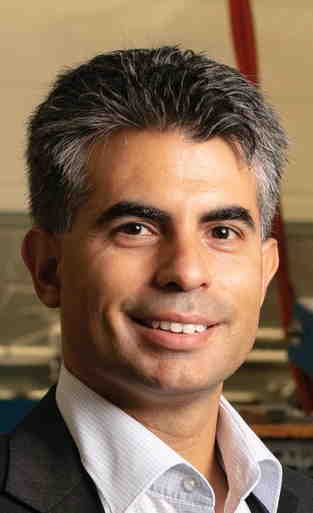
|

|
|
The Geometry of Quantum MatterThu Dec 12, 2024, 7:00PM ET Raquel Queiroz, Assistant Professor of Physics, Columbia University Scientists like to organize phenomena in schemes with simple rules but ample predicting power. The periodic table is one of the most successful examples of this: just by labeling the different possible orbitals of a hydrogen atom, we can predict with great accuracy the existence and properties of most elements and alloys. But in any good classification scheme, outliers become apparent and hint at a necessary refinement of physical laws. What is missing in the periodic table is that matter is not formed by one but by billions of billions of atoms together, and electrons in orbits around each atom can be fundamentally altered by their surroundings, altering their weight and spin, among other properties. In this talk, I will describe how we now understand that electrons behave as if they live in a curved space, where most physical properties are dictated by the geometry itself. In her talk, Raquel will introduce the new notion of quantum geometry in quantum materials and its crucial role in determining properties and phases of matter. She will discuss how quantum geometry is essential to protect emergent phases where interactions between electrons are strong and electrons behave in remarkable ways, such as those where electrons pair up and condense into a macroscopic quantum state or phases where electrons are broken into independent fractions with new quantum statistics. The speaker has requested that the video of this talk not be posted on YouTube. |
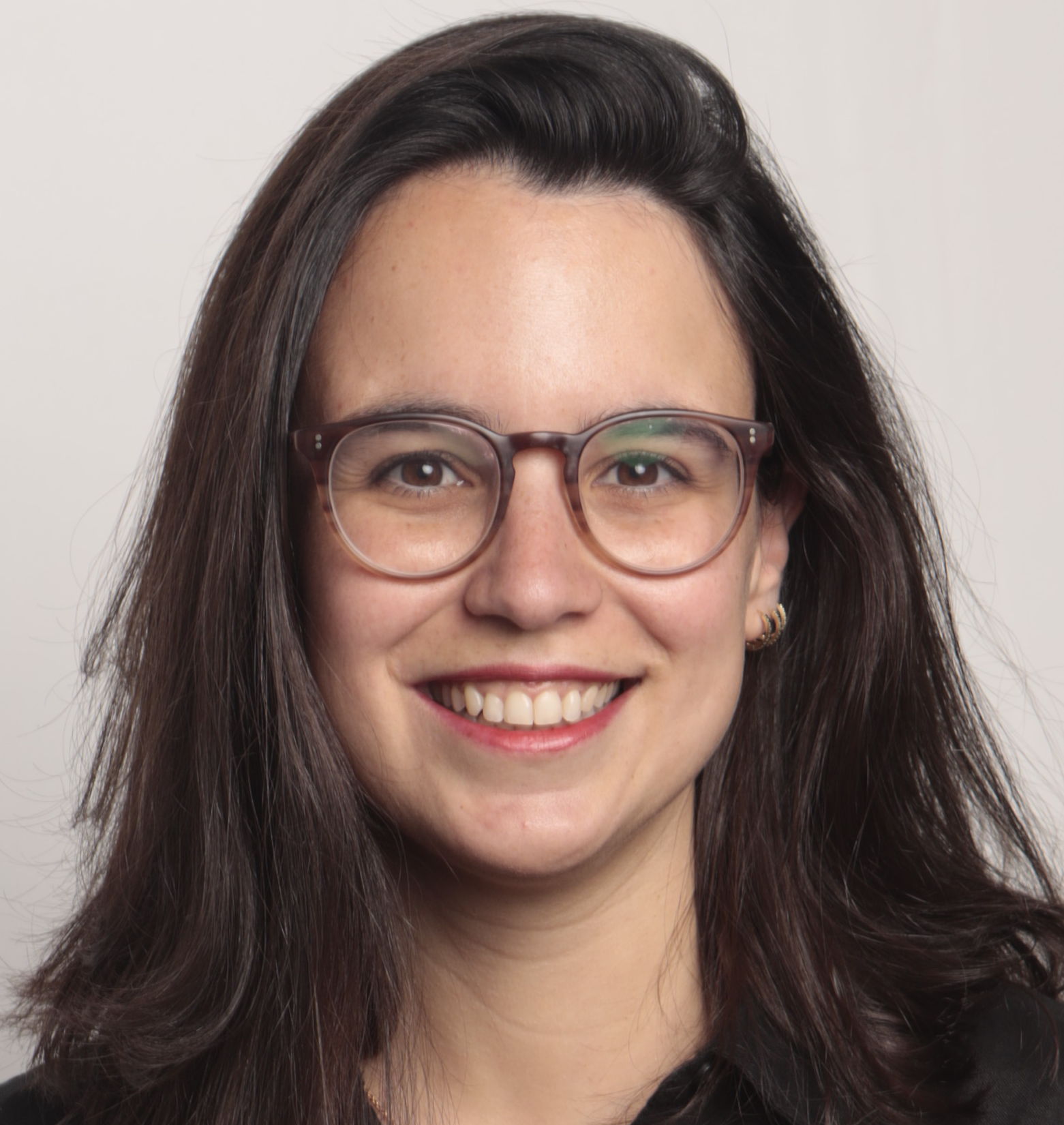
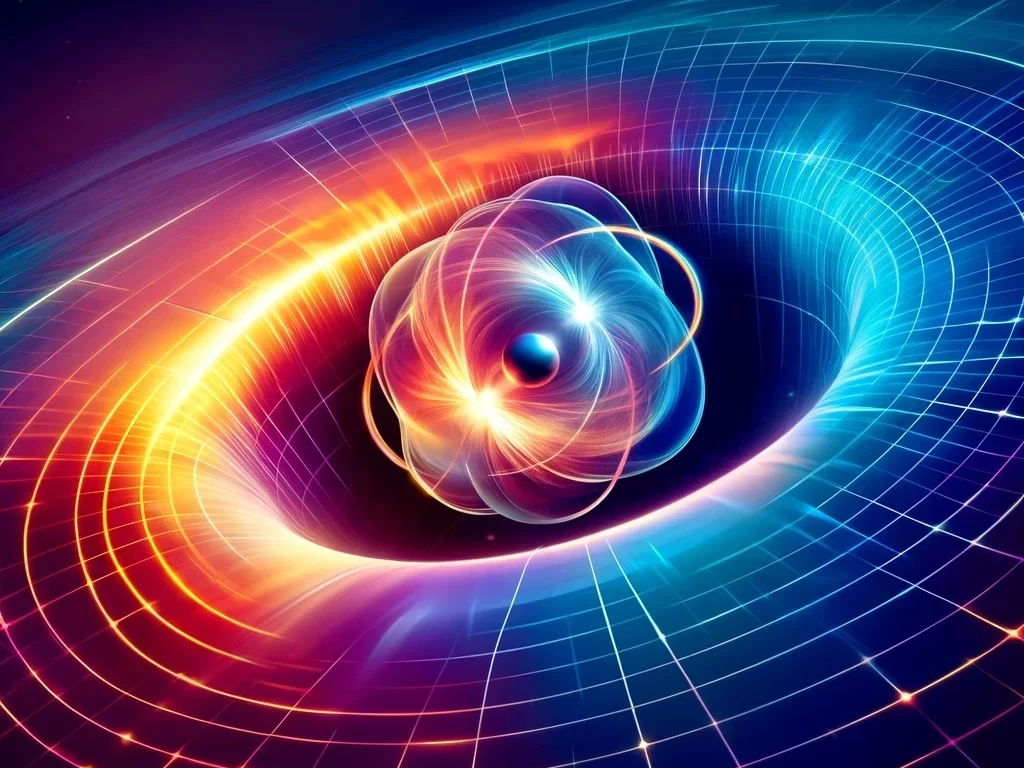
|
When Going Underground, Remember the Sunscreen!Neutrinos, dark matter, and other big science done below surface Thu Nov 14, 2024, 7:00PM ET Joseph Formaggio, Professor of Physics, Massachusetts Institute of Technology Since their conception by Wolfgang Pauli in 1930, neutrinos—"the little neutral ones"—have been an endless source of fascination, frustration, and discovery. Countless predictions about their nature and properties have been upended by tedious—almost impossible—experiments. In my talk, I will discuss how going underground—away from the constant bombardment of cosmic rays—has enabled scientists to unlock the elusive properties of neutrinos. I will also discuss how underground experiments may soon shed light on the nature of dark matter and even assist in improving future quantum computers. This talk is available on YouTube. |

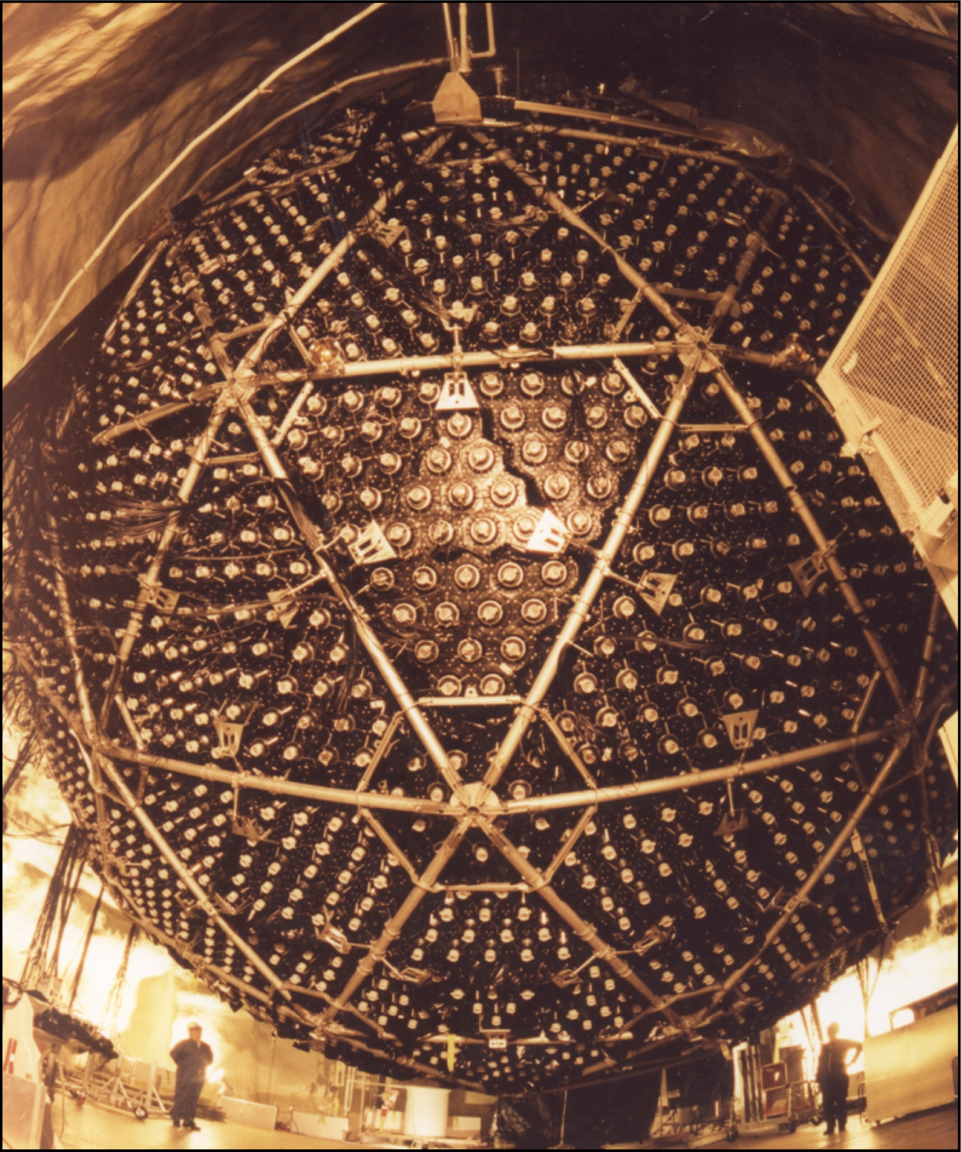
|
Antarctica: Hidden Lakes, Mysterious Mountains, and Rivers that Run UphillThu Oct 10, 2024, 7:00PM ET Robin Bell, Research Professor and Lecturer in Earth Sciences, Marine and Polar Geophysics, Lamont-Doherty Earth Observatory, Columbia University Antarctica often appears as a boring white fringe along the map edge, featureless except for cartoon oversized penguins. This large piece of ice, up to 2 miles thick, is ancient, beautiful, and unforgiving. Antarctic ice hides giant lakes, magnificent mountains ranges, and rivers where the water flows uphill. Because the ice sheet flow is controlled what is under the ice, understanding these hidden terrains is essential to projecting how fast Antarctica will make sea level rise around the world as temperatures rise. This talk is available on YouTube. |

|
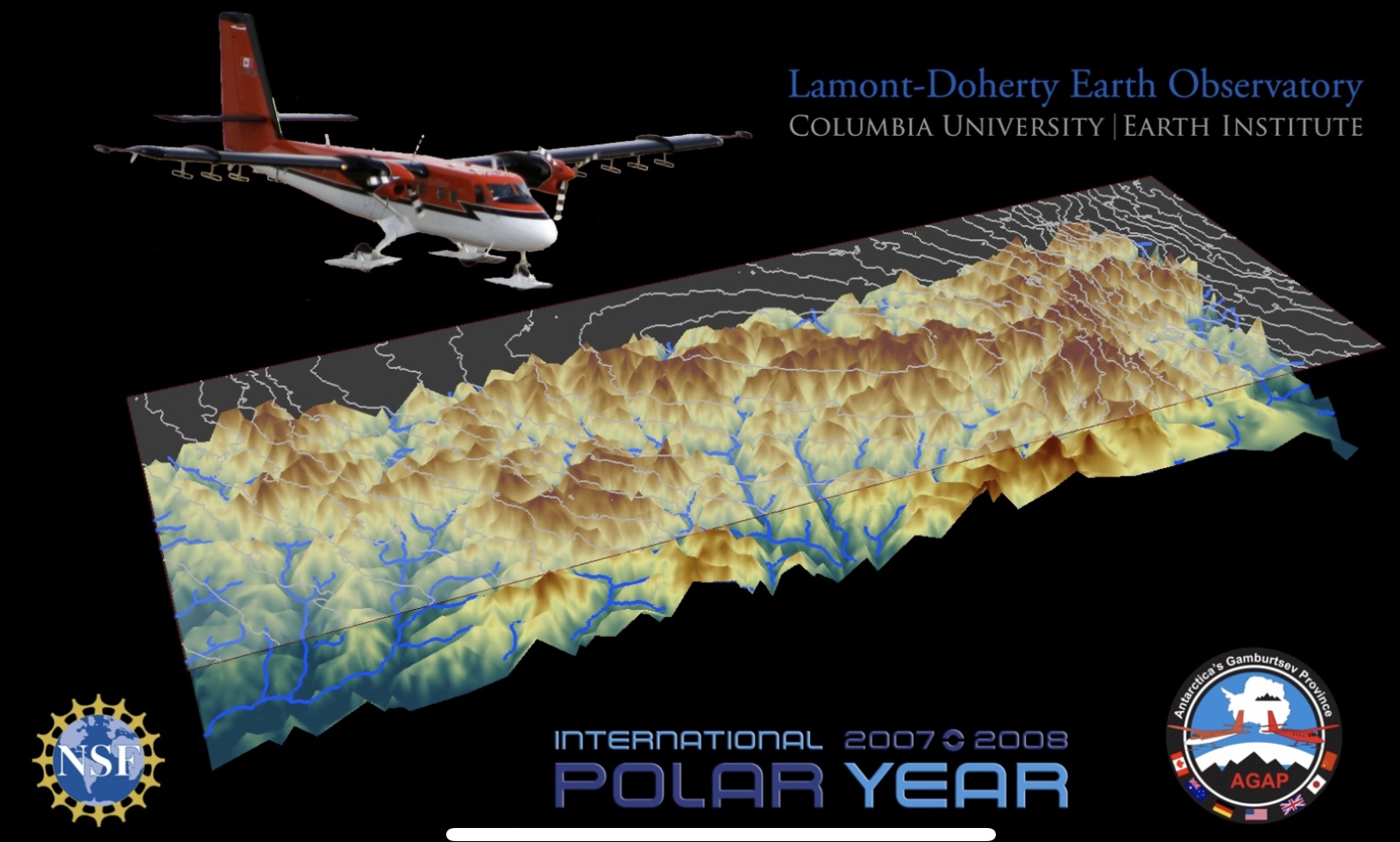
|
The Next AIThu Sep 12, 2024, 7:00PM ET Hod Lipson, Professor of Engineering and Data Science, Columbia University Artificial Intelligence (AI) and Robotics technologies have been making grand strides over the past few years, outperforming humans in tasks once thought to be impossible to automate. Machines can now understand video and interpret language with unprecedented reliability. Cars can drive themselves and machines outperform doctors in medical diagnostics. AI can generate creative art and engineering blueprints. But where will this technology go next, and how far can it reach? This talk will take a deep dive into what is driving AI, how to use it, and how to anticipate its future as it unfolds in six waves. At the request of the speaker, this talk was not recorded. |
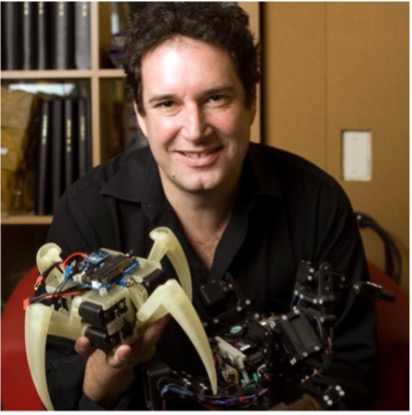
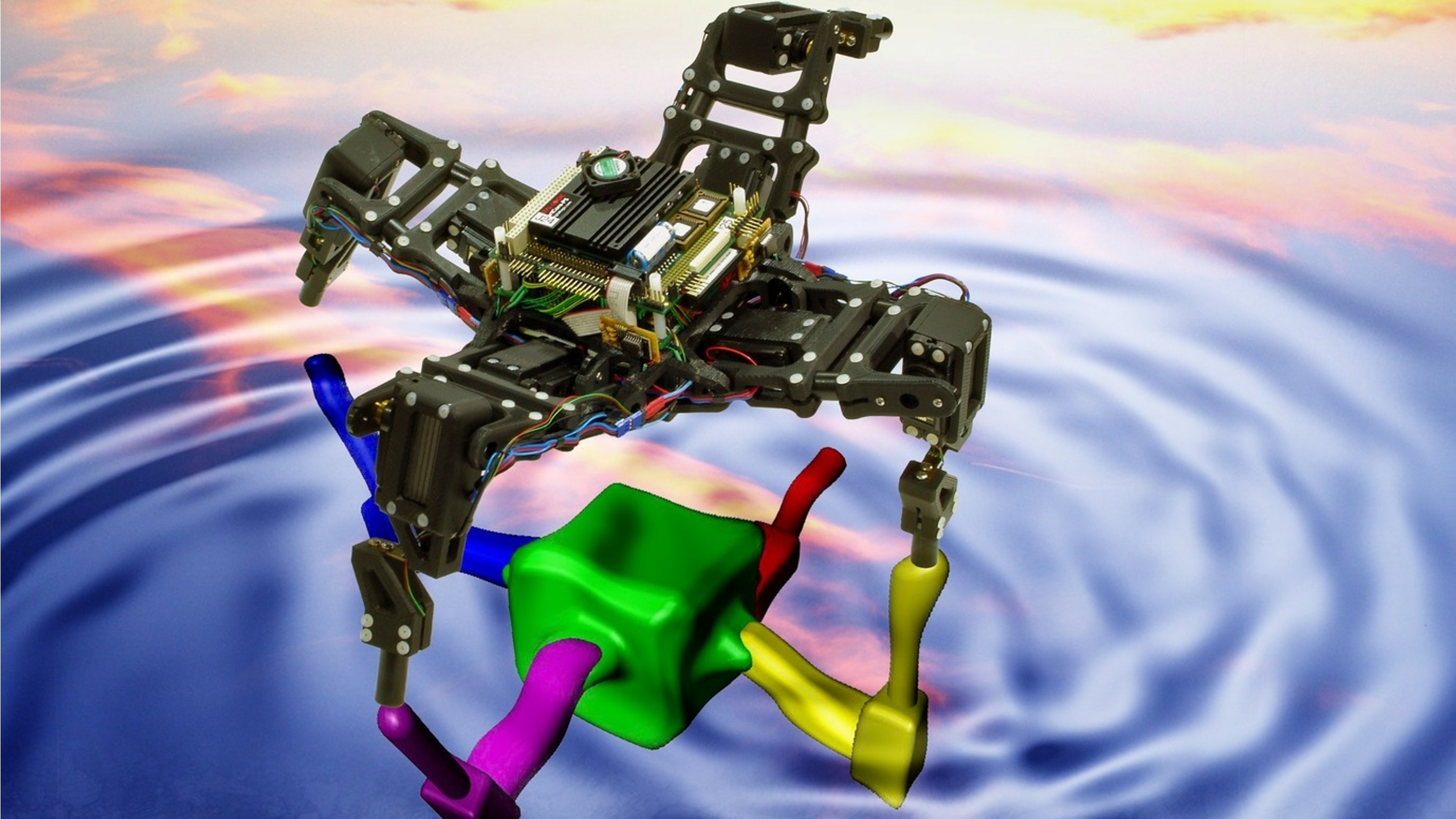
|
Programmable Quantum MaterialsThu May 16, 2024, 7:00PM ET Dmitri Basov, Professor of Physics, Columbia University The term "quantum technology" embodies the vast portfolio of phenomena in which quantum mechanics is manifest on the macroscopic scale. Developments now on the horizon include entirely novel information processing approaches enabling practical artificial intelligence, secure communication networks and entirely novel sensors. A broad consensus has emerged that quantum technology will have a disruptive impact on the economy and on society. The impact is likely to be on par with that of the first "quantum revolution" of the 1960s that resulted in such world-changing inventions as the laser (devised by Charles Townes at Columbia). Among the many challenges in this vibrant area of research is the development of solid state materials capable of hosting quantum effects and on-demand programmable properties. I will discuss the current effort and progress in this line of research at Columbia. At the request of the speaker, this talk will not be recorded or broadcast via YouTube. |
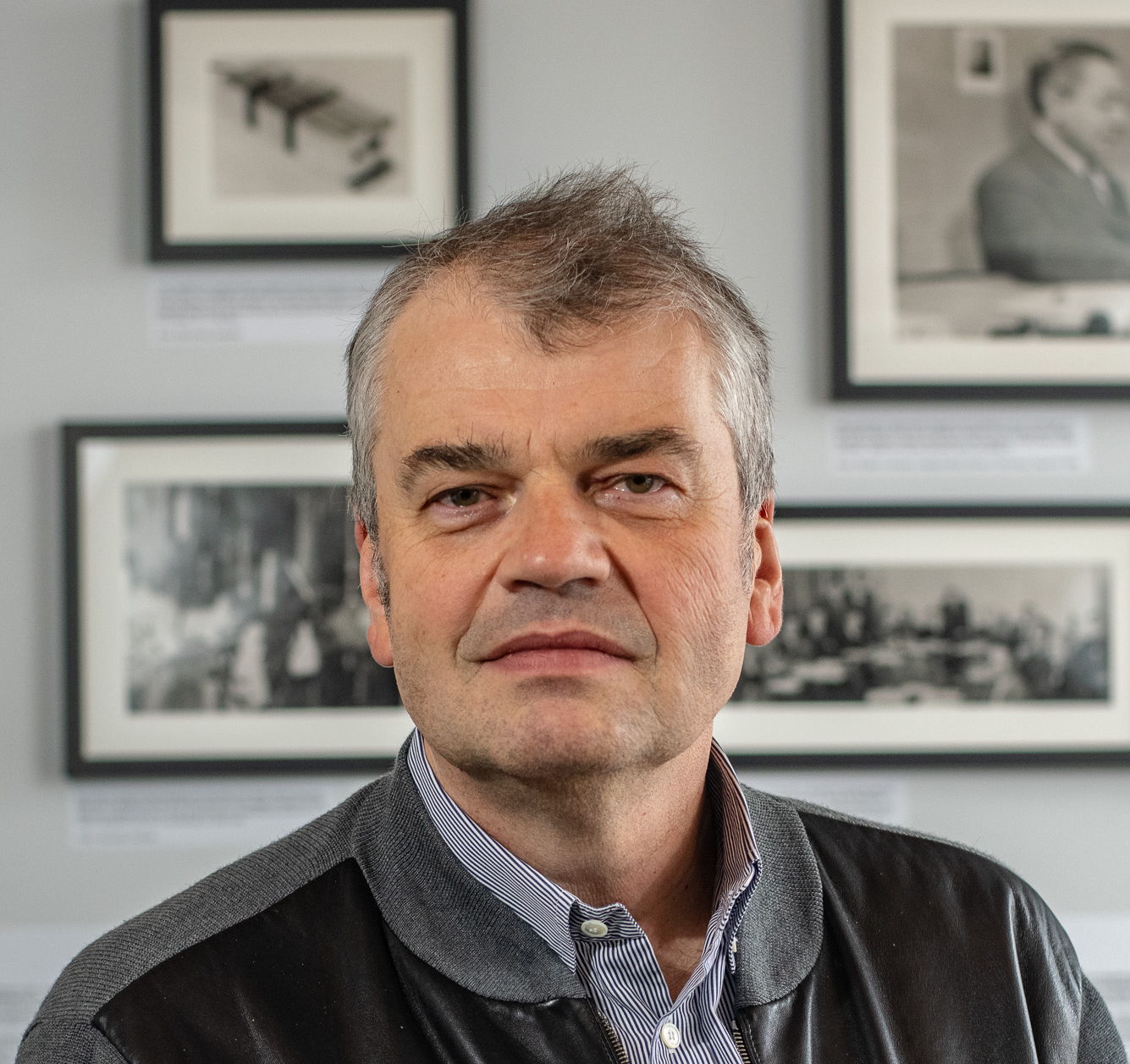
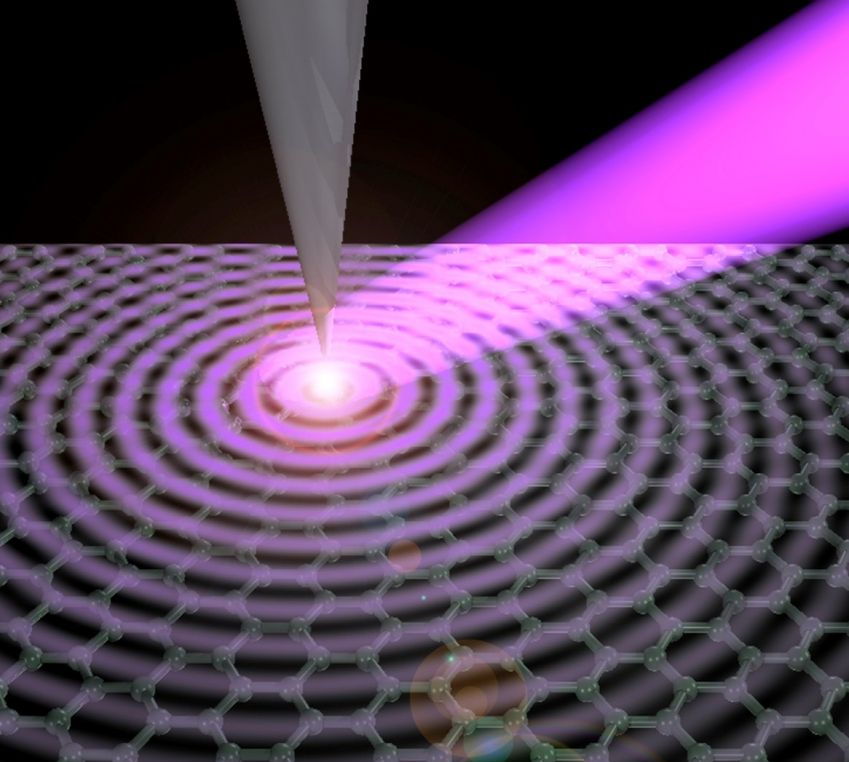
|
At the Speed of Volcanic EruptionsThu Apr 11, 2024, 7:00PM ET Terry Plank, Arthur D. Storke Memorial Professor of Geochemistry, Columbia University What happens under volcanoes in the months, days and minutes leading up to eruption? How does magma prepare for an eruption? And why are some eruptions more explosive than others? Volcanic crystals are providing answers to these questions. This talk will examine new constraints on the precursors and dynamics of volcanic eruptions. This talk is available on YouTube. |
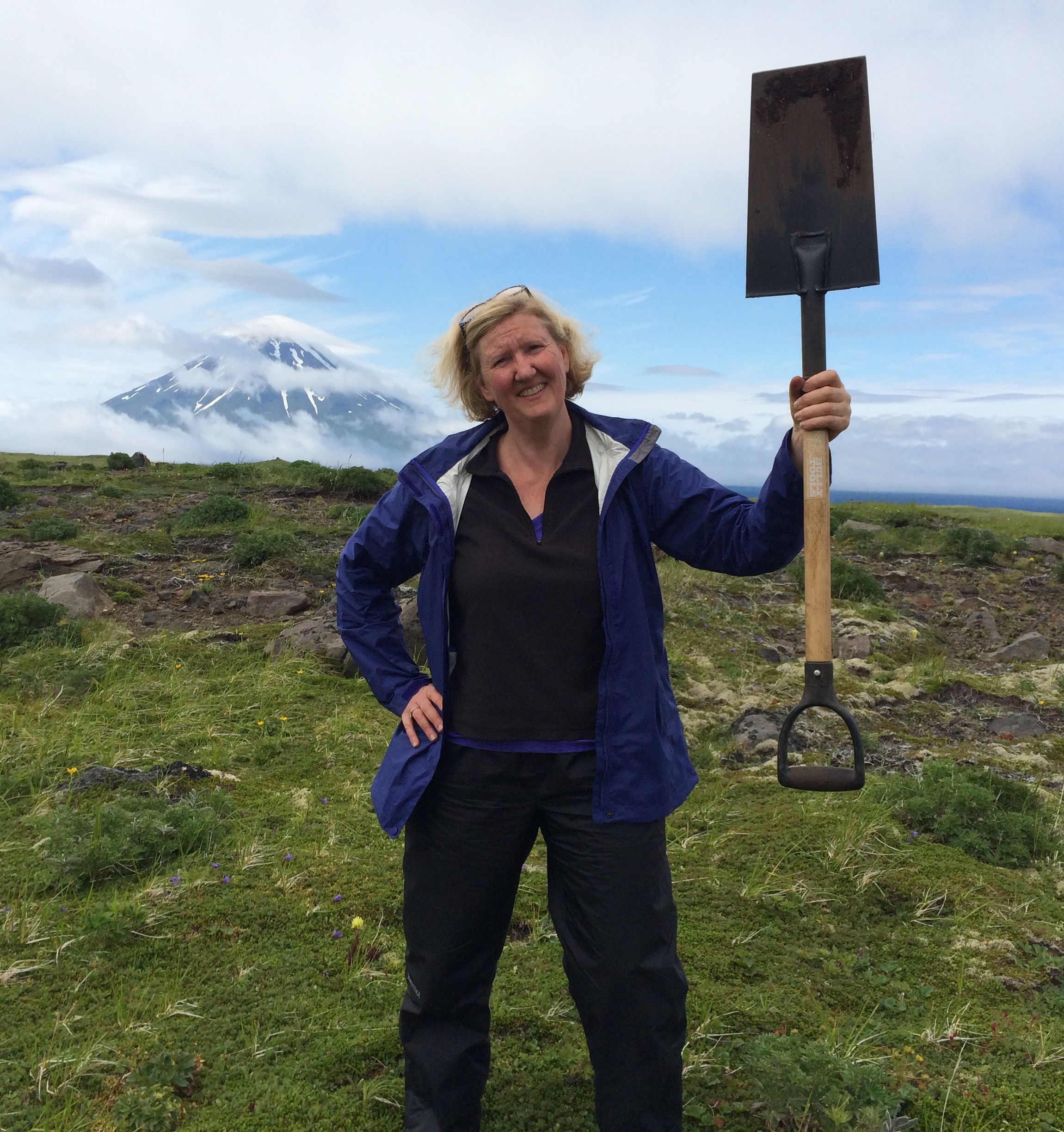
|
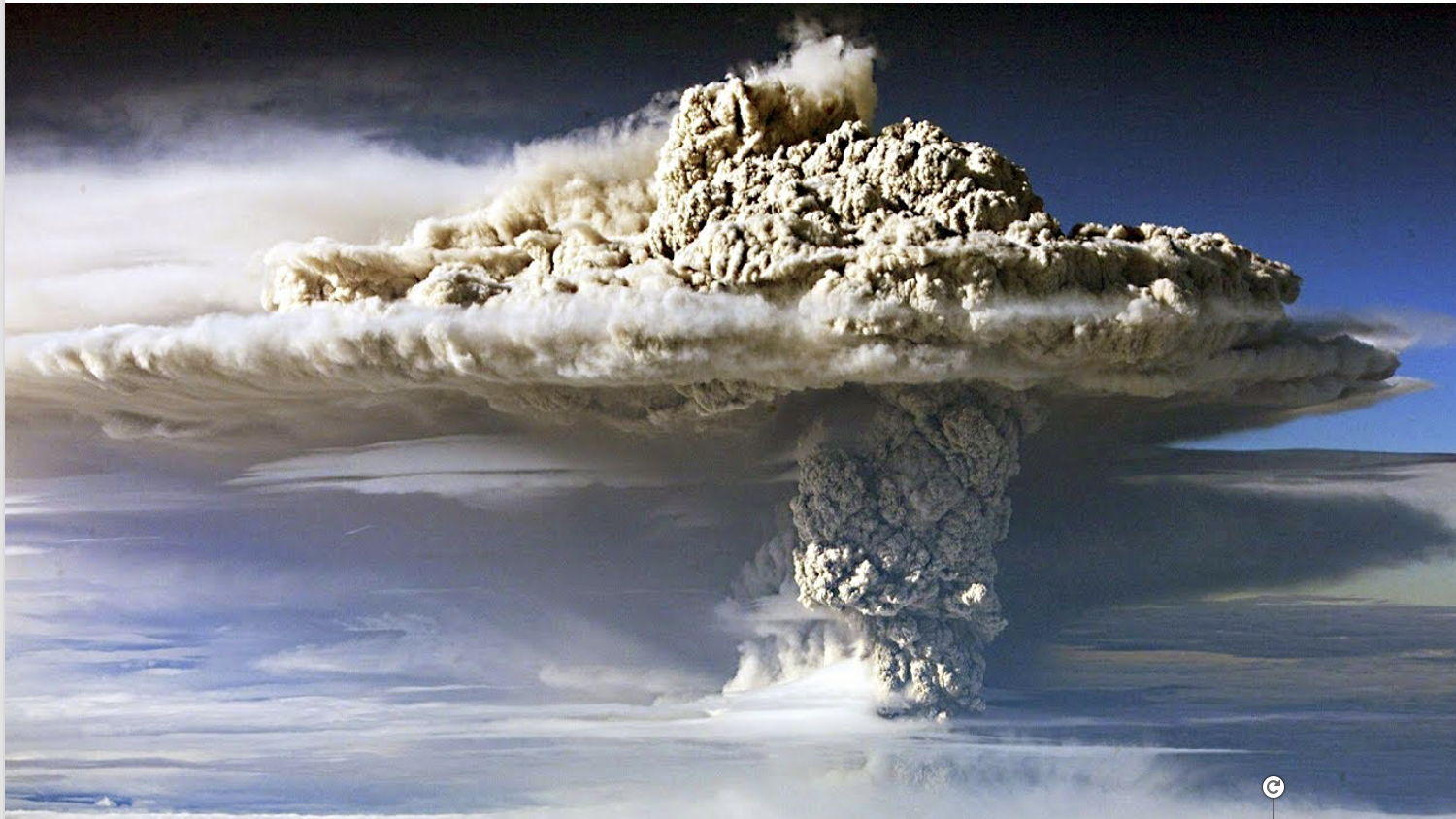
| |
Ice Fishing in Antarctica for Astrophysical NeutrinosThu Mar 21, 2024, 7:00PM ET Ibrahim Safa, Post-doctoral Research Scientist, Columbia University Neutrinos, elusive weakly interacting fundamental particles, were only discovered in the latter half of the 20th century. Since then, they have turned up surprises at every junction. With their unusual properties, neutrinos challenge our current understanding of particle physics and hold potential to unravel new paradigms. In 2010, construction was completed to instrument one billion tons of ice at the geographic South Pole to search for high-energy neutrinos coming from the vicinities of supermassive black holes. My talk will describe this unusual fishing expedition. I will discuss why neutrinos are a great astronomical messenger, and what information they carry from their sources billions of light years away. I will explain why it was necessary to go to the South Pole to capture these particles, and discuss the construction and operation of the IceCube experiment. I will highlight some of the major discoveries made since IceCube's inception, and briefly touch on the future potential of neutrino astronomy in the next generation of experiments. A video of this talk can be seen on YouTube. |
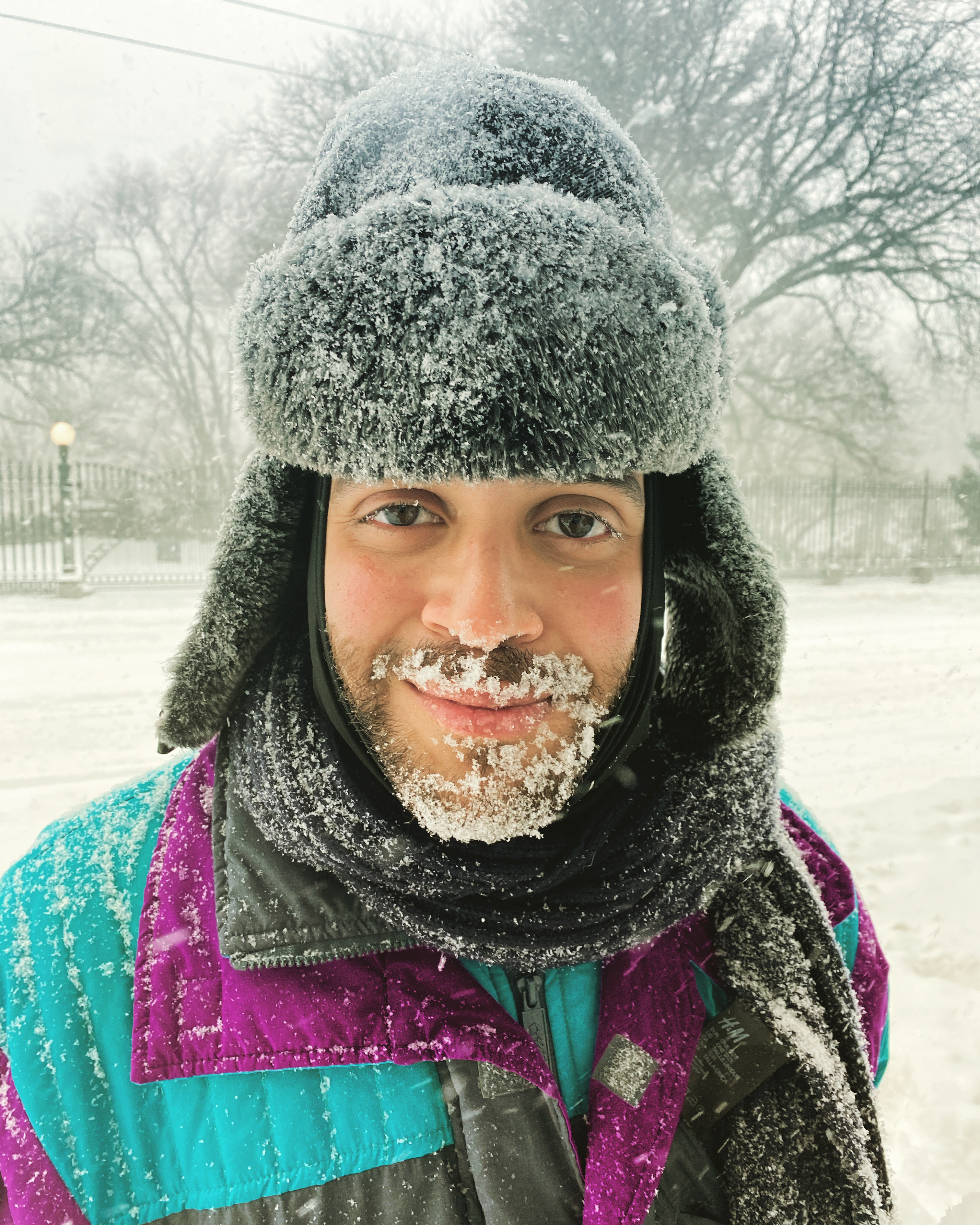
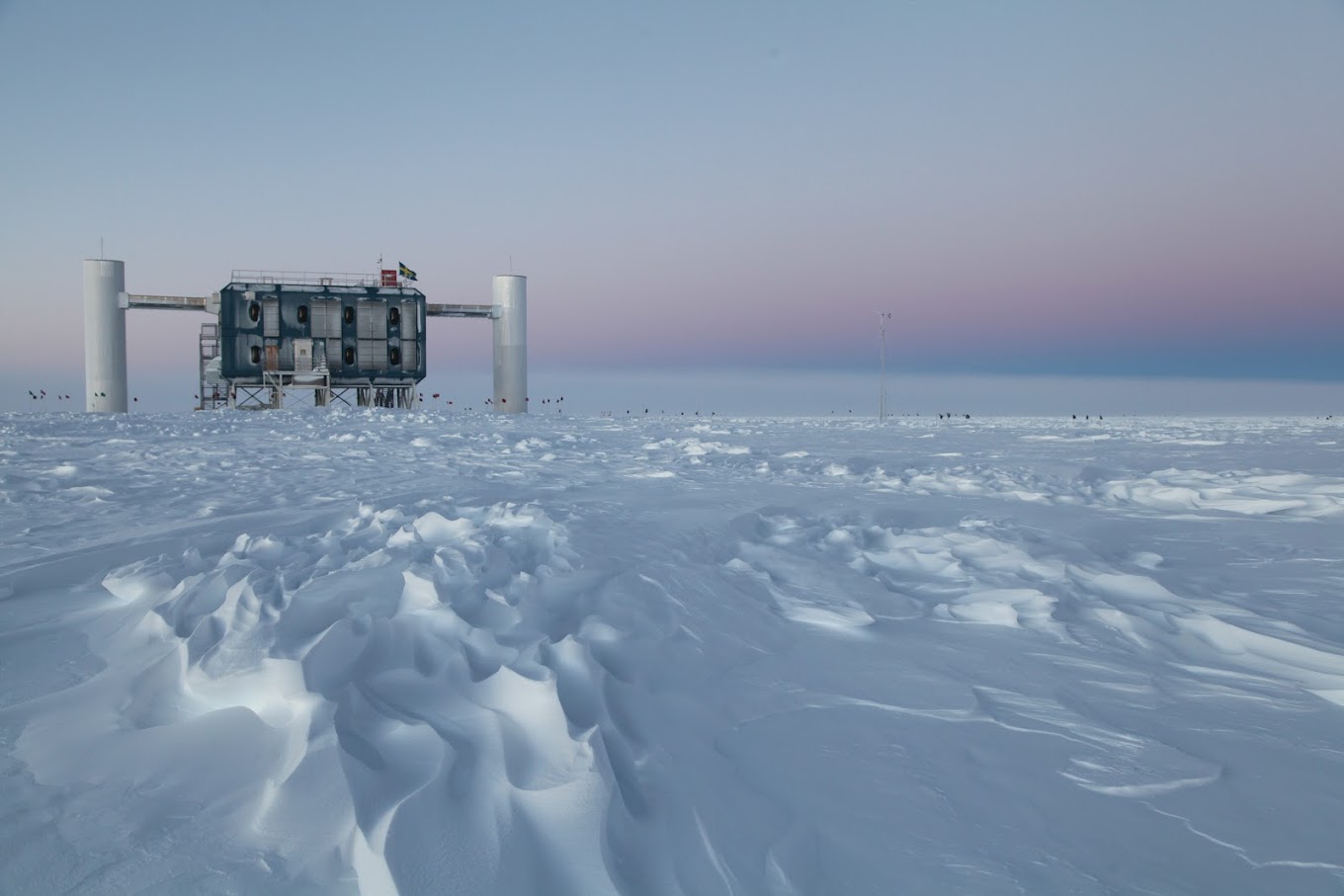
|
Monster Black Holes at the Edge of the UniverseThu Feb 15, 2024, 7:00PM ET Zoltan Haiman, Professor of Physics and Astronomy, Columbia University Black holes as massive as several billion solar masses appeared within a billion years after the Big Bang. The origin of these objects remains a mystery. I will present state-of-the art speculations on how such massive black holes may have formed in the early universe from black hole remnants of the first stars, via rapid gas accretion, or via successive mergers. Observations with the recently launched James Webb Space Telescope (JWST) and with the space-based gravitational-wave detector called Laser Interferometer Space Antenna (LISA) will help us understand the origin of massive black holes, as well as their subsequent growth through gas accretion and mergers. Photo caption: When two black holes orbit one another in the nucleus of a galaxy, they stir the surrounding material into unique patterns. This can help push the black holes together to collide and merge. A video of this talk can be seen on YouTube. |
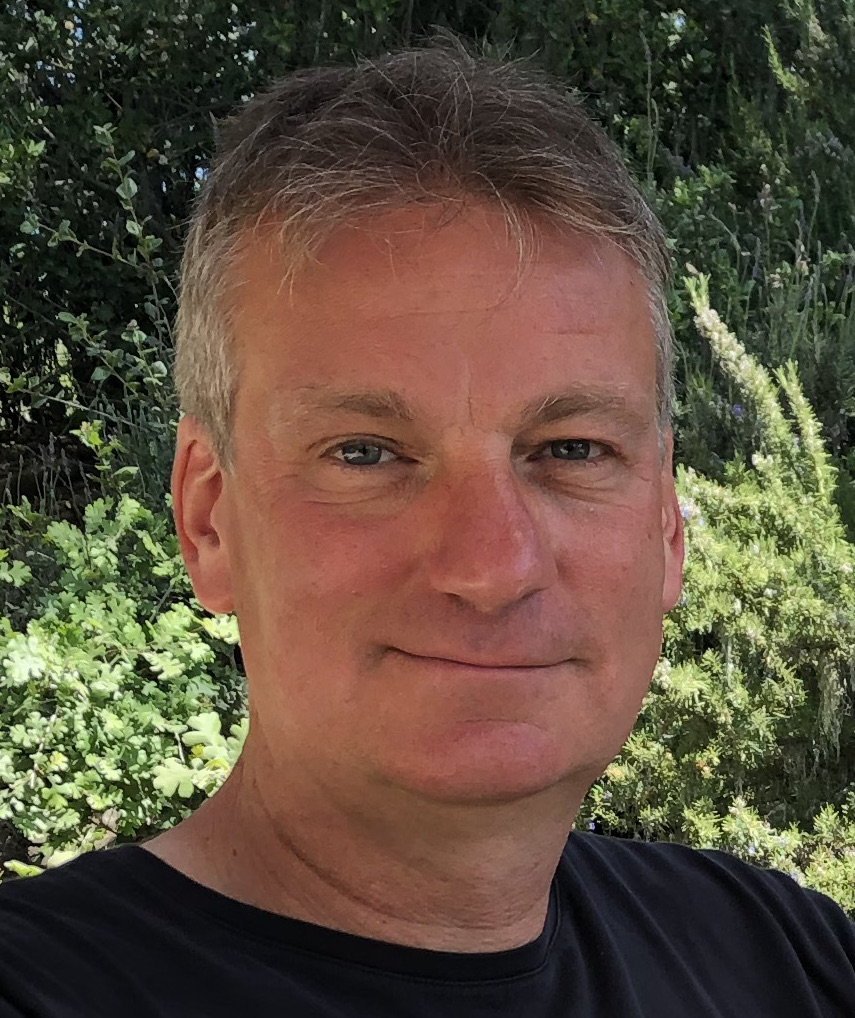
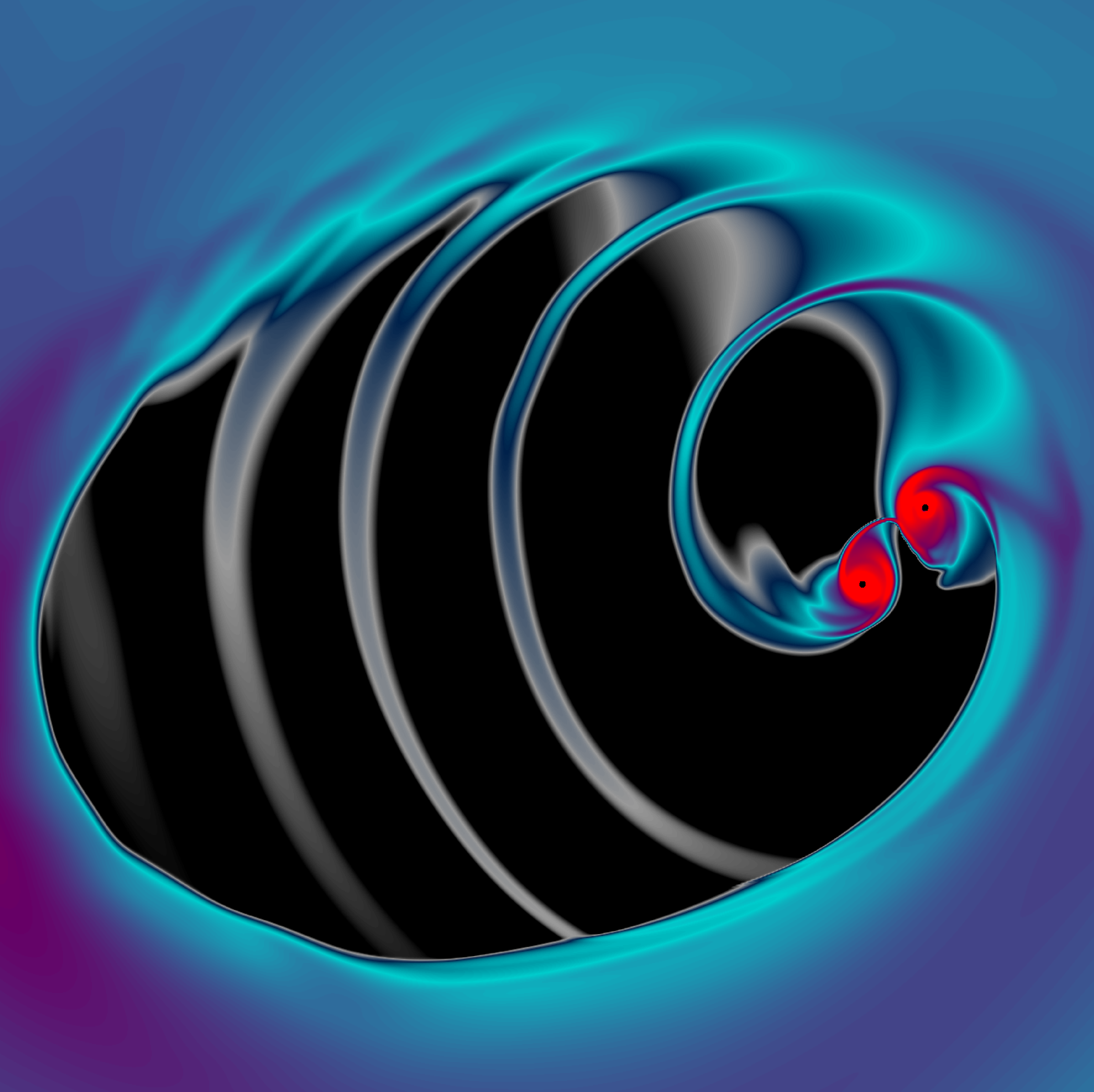
|
What the phenomena of life has taught us about new phases of matterThu Dec 7, 2023, 7:00PM ET Joshua Shaevitz, Professor of Physics & Biophysics, Princeton University You probably learned about the three phases of matter in school: solid, liquid, and gas. You may even have learned about something called a plasma, or other exotic phases of matter that we don’t really encounter in our everyday lives. In physics, we think of these phases as “passive” in that the molecules involved don’t really do anything particularly interesting or have much of an agenda. They jiggle about randomly in proportion to the temperature, with solid molecules confined to a small region in a material and gas molecules free to roam as they please. But what if we gave these molecules rocket engines and a brain? Large collections of “smart” particles can do extraordinary things and form new phases of matter that both challenge conventional physics understanding and provide living organisms the ability to perform amazing feats. I will present recent work on populations of bacteria that form active liquids similar to the living metal seen in the Terminator movies, fire ants that form solid rafts and bridges to survive deadly storms, and flocks of birds that seemingly act as a coherent whole despite being made of many individuals. A video of this talk can be viewed on YouTube. |
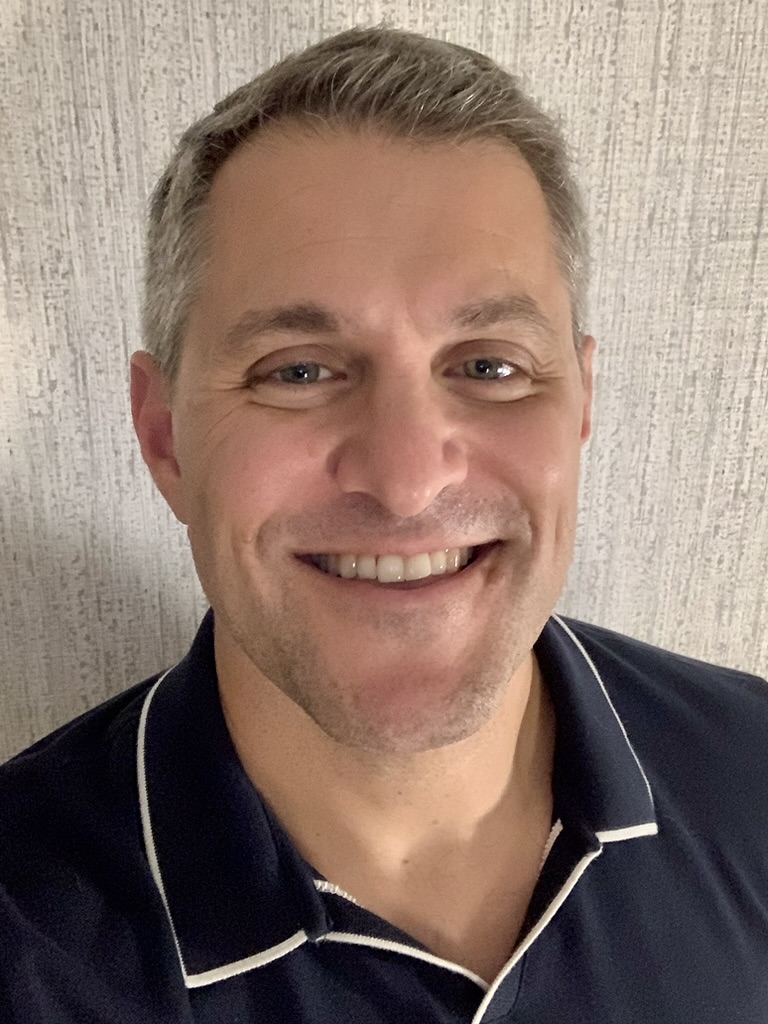
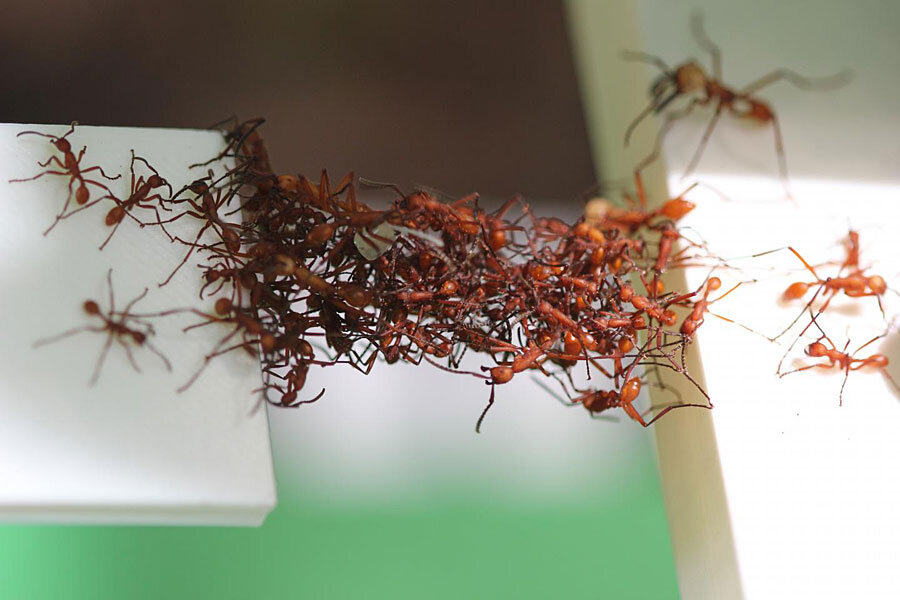
|
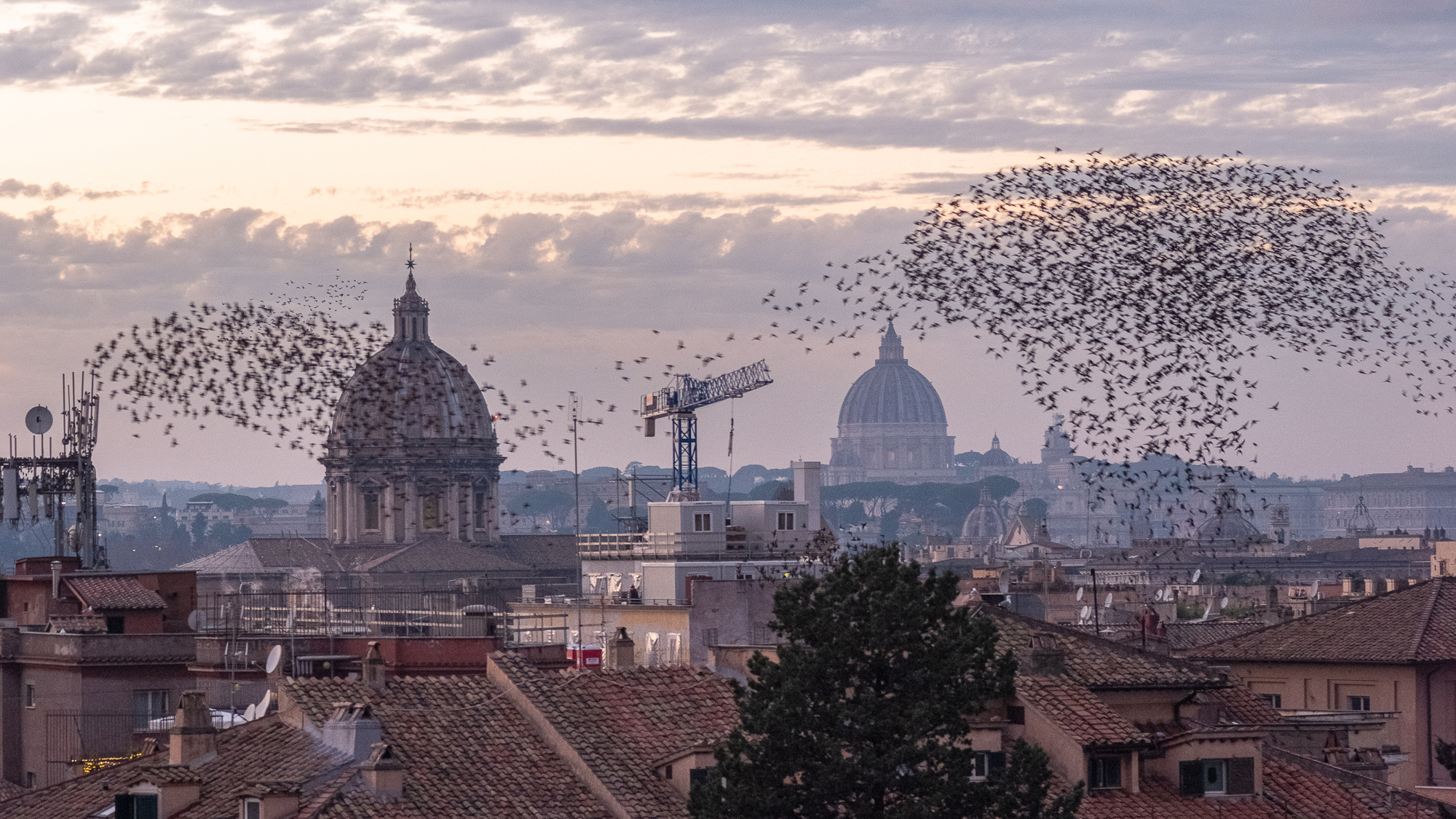
| |
Undergraduate Admissions Information SessionScience at Columbia Thu Nov 9, 2023, 7:00PM ET Chris Quach (Columbia Undergraduate Admissions) This session offers the opportunity to learn more from a staff member in Undergraduate Admissions about the natural and physical sciences at Columbia, as well as the undergraduate admissions and financial aid process. Other topics include the undergraduate Core Curriculum, student life, New York City, and research and internship opportunities. Note: This event will not be livestreamed for remote viewing. |
|

| |
Looking for Milli-Charged Particles at CERNThu Oct 5, 2023, 7:00PM ET Andrew Haas, Associate Professor of Physics, New York University In 1910, Millikan measured the charge of the electron with his famous oil-drop experiment. He also showed that larger charges only came in integer multiples of the electron's charge. To this day, all particles ever observed, including those at high-energy particle colliders and living for just a tiny fraction of a second, have had an integer multiple of the electron charge. But why? Couldn't there be a new class of particles that appears to have different charges? Particles with less charge than the electron, so-called milli-charged particles, would have escaped detection due to their weaker interactions with normally charged matter. And maybe they are related to the Dark Matter that makes up most of the mass of the Universe. In 2014, we started designing a new detector, called milliQan, to search for milli-charged particles created in particle collisions at the Large Hadron Collider (LHC) at CERN. A scaled-down test detector was installed in an abandoned tunnel above the CMS experiment in 2017. I will talk about the results from that test, as well as our latest efforts to upgrade the detectors for new LHC collisions expected to begin next year. |
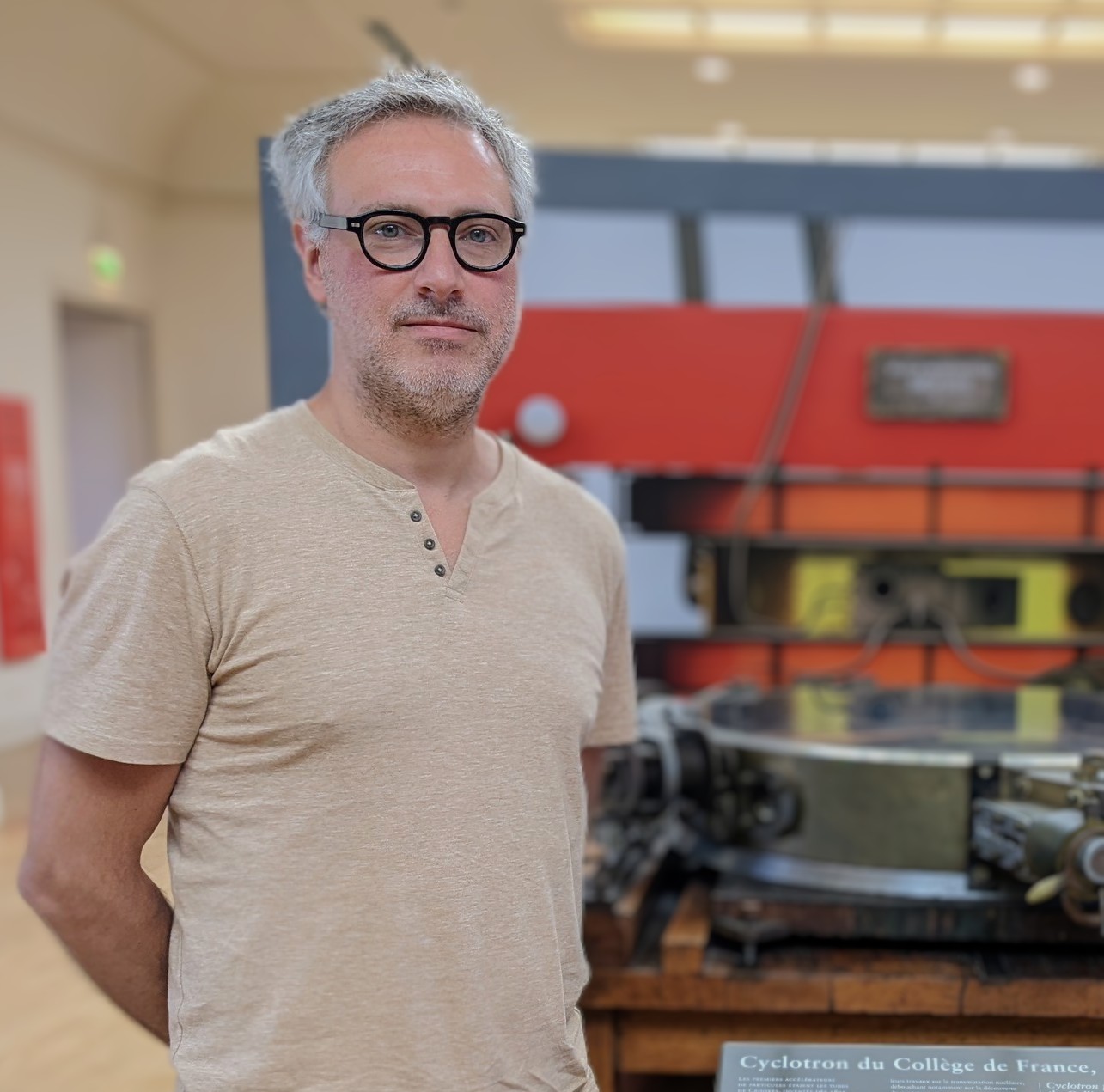

|
Dark Matter MattersThe Invisible Universe Thu Sep 14, 2023, 7:00PM ET Kerstin M. Perez, Associate Professor of Physics, Columbia University The nature of dark matter is a driving question of 21st century physics. Dark matter has been inferred by its gravitational pull, which influences how the universe “clumps up” to form the large- scale structures that we observe. However, the properties of dark matter are inconsistent with any form of matter ever studied here on Earth, and because it does not absorb or reflect light, dark matter cannot be observed directly by standard astronomical techniques. Hence the hunt is on for a new fundamental particle form of matter. I will describe the worldwide effort to uncover this essential building block of the universe. The recording of this talk can be seen on YouTube. |
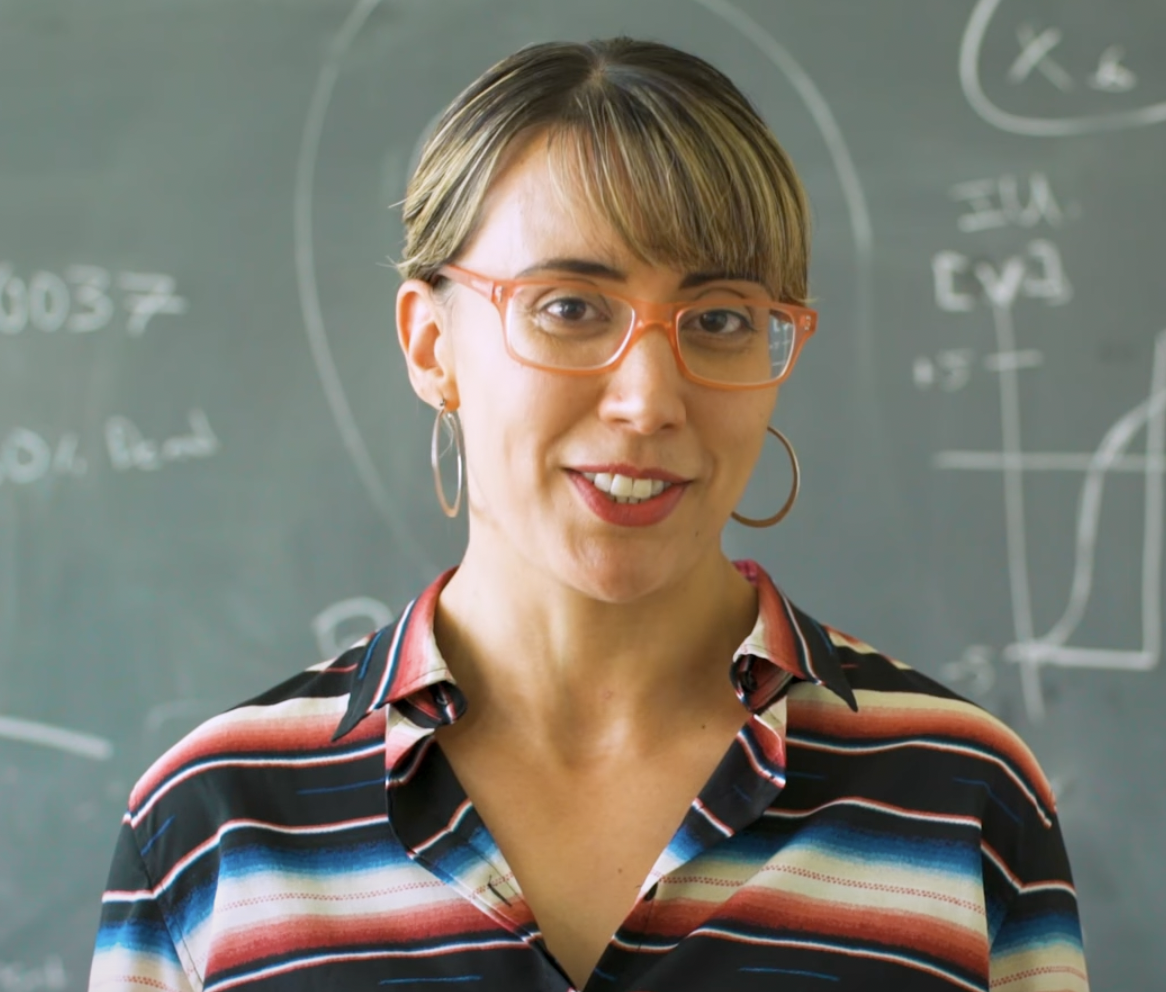
|
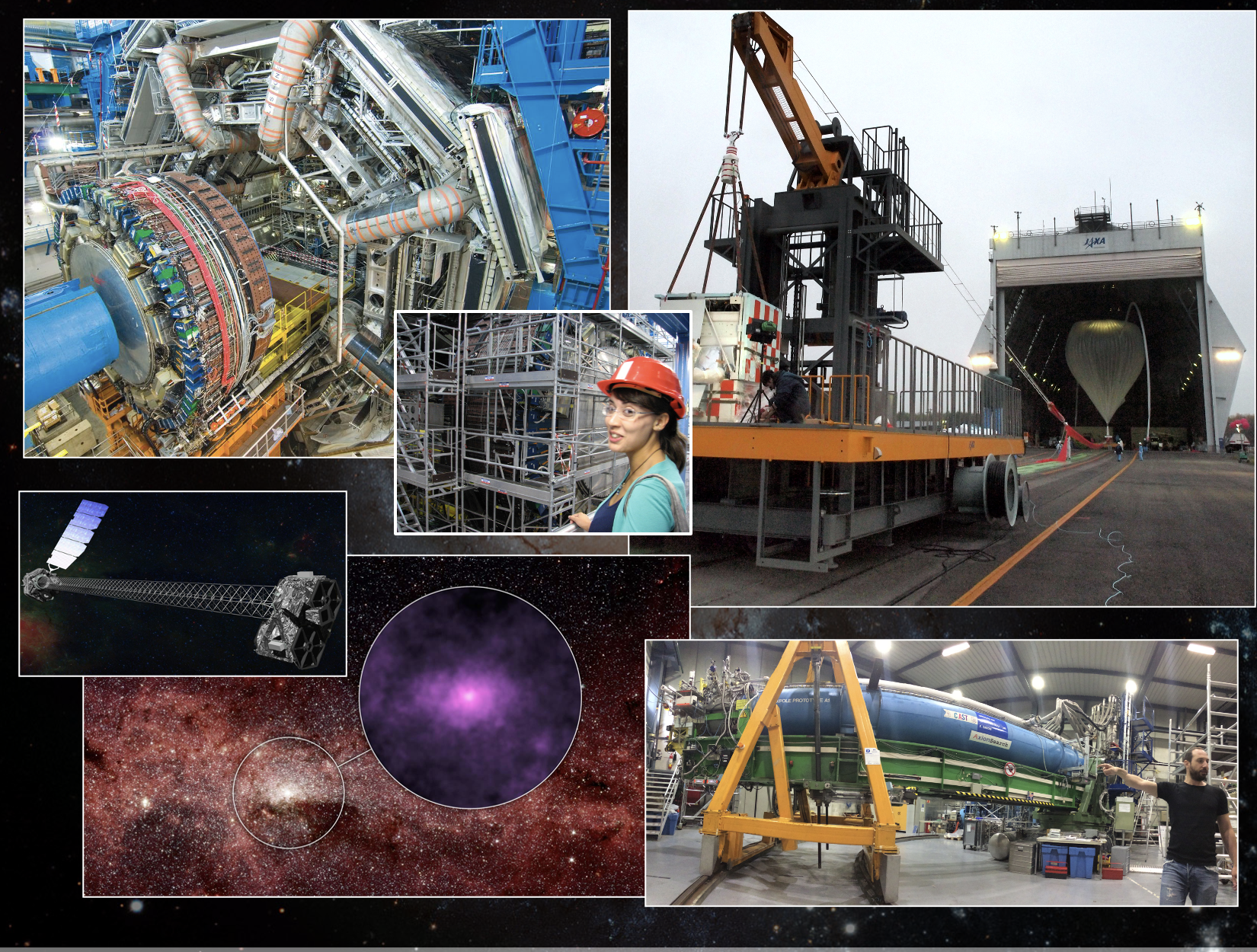
|
|
Seeing VoicesUsing Light to Restore and Preserve Early Recorded Sound Tue May 23, 2023, 7:00PM ET Carl Haber, Senior Scientist, Lawrence Berkeley National Laboratory Sound was first recorded and reproduced by Thomas Edison in 1877. Until about 1950, when magnetic tape use became common, most recordings were made on mechanical media such as wax, foil, shellac, lacquer, and plastic. Some of these older recordings contain material of great historical interest, but may be in obsolete formats, and are damaged, decaying, or are now considered too delicate to play. Unlike print and latent image scanning, the playback of mechanical sound carriers has been inherently invasive. Recently, techniques, based upon non-contact optical measurements, and data analysis, have been applied to create and analyze high resolution digital images, and to restore the audio content, of these materials. This lecture will discuss the characteristics of early sound recordings and the use of this new technology as applied to a number of notable collections: field recordings of Native Americans and Canadians from the early 20th Century, the experimental sound recordings of Alexander Graham Bell, from the 1880’s, and ethnographic recordings collected by Milman Parry in Yugoslavia in 1930, which led to the oral-formulaic theory of epic poetry. The technology and restoration of historic audio recordings will be illustrated with sounds and images. Additional information can be found at http://irene.lbl.gov/. You are welcome to attend a wine and cheese reception at the Hamilton Mansion House after the talk. |


|
On the Shoulders of ATLASUpgrading the World’s Highest Energy Particle Experiment Tue Apr 18, 2023, 7:00PM ET Doctor Julia L. Gonski, Postdoctoral Research Scientist, Nevis Laboratories, Columbia University Detectors at the Large Hadron Collider, the highest-ever energy particle accelerator at the CERN lab in Switzerland, are among the fastest and most precise machines in the world. As if producing and recording these collisions, between protons traveling at 99.999999% the speed of light and occurring a billion times per second, wasn’t hard enough already, it’s about to get tougher. The LHC is scheduled to undergo an upgrade over the next several years to increase its collision rate by up to another factor of 10. This means that detectors like the ATLAS experiment that record the byproducts of such collisions have to be updated as well, to keep up with incredible data rates and radiation doses. But what do we hope to achieve with these formidable efforts, and what secrets of the universe can be uncovered through collider research? Join for a discussion of high energy collider particle physics, our plans to understand the fundamental universe, and the machines that get us there. This material is based upon work supported by the National Science Foundation. A recording of this presentation is available on YouTube. |


|
Searching for New Physics in the Universe's Oldest LightWed Feb 15, 2023, 7:00PM ET Assistant Professor J. Colin Hill, Columbia University Department of Physics I will begin with a general review of the state of physical cosmology -- what do we know about our universe, and how do we know it? I will then discuss recent and ongoing work focused on attempts to resolve a potential discrepancy amongst some measurements of the current cosmic expansion rate (the "Hubble constant"). I will describe how this discrepancy could potentially be resolved via the introduction of new physics into our cosmological model around the time of "recombination", the moment when photons in the cosmic microwave background (CMB) last scattered in the primordial plasma, a few hundred thousand years after the Big Bang. I will discuss constraints on these new-physics models derived using the latest CMB data from the Atacama Cosmology Telescope (ACT), and will conclude with a look ahead to forthcoming CMB measurements from ACT and the Simons Observatory, which will definitively detect or exclude these scenarios. A recording of this presentation is available on YouTube. |


|
How Much Will Sea Level Rise?Diving into the past to model future change Thu May 13, 2021, 7:00PM ET Assistant Professor Jacqueline Austermann, Columbia University Lamont-Doherty Earth Observatory With more than 200 million people living on the coast, sea level rise is a pressing issue for societies and cities around the globe. As temperatures continue to creep up we need to know - how much will sea level rise? In my research I try to understand how susceptible ice sheets are to warming and how melting ice sheet causes different amounts of sea level change from one location to the next. In this talk I will describe what we know about current sea level change and why it varies across the globe. For example I will explain why sea level rises faster along the US East coast than most places around the world and why New York City will be affected more by Antarctic ice melt than by Greenland ice melt. To understand ice sheet sensitivity to warming I reconstruct sea level changes over thousands and millions of years, particularly during times when temperatures where naturally warmer than today. I will take you with me into the field (virtually!) to show you what these ancient shorelines look like and what we can learn from them about Earth’s future.
Related links courtesy of Prof. Austermann: A recording of this Zoom presentation is available on YouTube. |


|
Hunting for NeutrinosA Virtual Tour of State-of-the-art Neutrino Experiments at the US Fermi National Accelerator Lab Thu Apr 15, 2021, 7:00PM ET
Presenters from Department of Physics, Columbia University: Neutrinos are the second-most-abundant known particle in our Universe. Yet, because of how little they interact with normal matter, we need extremely sensitive and massive detectors to be able to “see” and study them. At E. Fermi National Laboratory—the US’ premier high energy particle physics lab near Chicago, Illinois—scientists from all over the world are busy bringing intense neutrino beams and state-of-the-art neutrino detectors to life. These efforts enable studies of these particles and their interactions with matter with extremely high resolution and precision. Join us for this virtual tour to learn more about the elusive neutrino, how intense neutrino beams are made, how neutrinos are detected, and what are the mysteries of Nature we might uncover by studying neutrinos in the years ahead! A team of Columbia neutrino physicists will take you behind the scenes on a virtual tour of Fermilab’s on-site Remote Operations Center (ROC West), where scientists control the operation of a suite of neutrino detectors scattered on-site at Fermilab and as far away as deep underground in northern Minnesota. This is an interactive session, so questions are highly encouraged! |


|

|
|
Very-High-Energy Gamma RaysThe humbling beauty of a restless and powerful Universe Sat Mar 13, 2021, 4:00PM ET Dr. Massimo Capasso, Postdoctoral research associate, Barnard College, Columbia University Please note the unusual date and time for this event, required to accommodate access to the Whipple Observatory in Arizona. They will not turn you into a green rampaging monster in shorts, but gamma rays bear compelling witness to the most extraordinary and powerful phenomena in our Universe. From our Sun to the leftovers of stars and black holes, gamma rays open a wide window on explosive events at energies up to a thousand billions times greater than what we can see with our own eyes and beyond. In this talk I will introduce gamma-ray astronomy, its main science topics and instruments, from some of the most important space missions to ground-based observatories. Among the latter, the Very Energetic Radiation Imaging Telescope Array System (VERITAS) plays an important role in the international community, not only for “conventional” gamma-ray astronomy, but also for unconventional applications such as measuring the size of stars with unprecedented precision. Building on this heritage, US scientists have led an international collaboration to build a prototype gamma-ray telescope featuring state of the art mirror, detector and electronics technology: the prototype Schwarzschild-Couder Telescope (pSCT). Live from the VERITAS site, at the Fred Lawrence Whipple Observatory in Arizona, we will embark on a journey that will show us the humbling greatness of the Universe we live in, from the stars to the ground and upwards again. A recording of this Zoom presentation is available on YouTube. |


|
Beyond Hot HeadlinesTesting effective communication pathways on a noisy, fast-forward planet Thu Feb 18, 2021, 7:00PM ET After 35 years of prize-winning journalism on climate, disasters and damage to Earth's biological patrimony, mostly for The New York Times, Andrew Revkin moved to Columbia's Earth Institute in 2019 to build a new initiative on communication innovation and impact. His goal is to boost the capacity of scientists, journalists, educators, students and citizens to engage in ways that can speed progress toward a more sustainable relationship between our species, our planet and each other. Even before the pandemic forced us all to dive into our screens, that was Revkin's primary domain, thanks to nine years building and running his award-winning Dot Earth blog at The Times. At Columbia he launched a webcast, Sustain What, that has garnered 500,000 viewers over the first 150 episodes. In this brisk visual presentation, Revkin will describe lessons and insights that can benefit anyone seeking to make the most of today's vexing, distracting, divisive but wondrous communication environment. Watch his shows here in advance to raise questions during the talk. A recording of this Zoom presentation is available on YouTube. |


|
Inside the ATLAS Detector: A Virtual Tour Inside the Largest Experiment at CERN’s Large Hadron ColliderSat Dec 5, 2020, 10:30AM Live From Geneva, Switzerland: A (Remote) Tour Inside the ATLAS Experiment at CERN’s Large Hadron Collider Please note the unusual date and time for this event, required to accommodate the 6-hour time difference between NY and Geneva. Kiley Kennedy, Graduate Student, Columbia University When two protons going nearly the speed of light collide, they produce a firework-like burst of particles that we, as physicists, attempt to measure, characterize, and interpret in a meaningful way. But how do we get from proton collisions to digitized data? What are the major practical challenges that physicists and engineers had to overcome when designing the ATLAS detector? What improvements are we making to the data collection process? This remote tour of the ATLAS detector will take you nearly 300 feet below the ground at the LHC at CERN, just outside of Geneva, Switzerland. From inside the detector cavern, I will describe the different layers of the detector, explain how we can identify particles such as electrons, and connect our work back to the theoretical “big picture” questions like “why is the universe the way that it is?” This is an interactive session, so questions are highly encouraged! For this talk we've added a pair of videos to the Nevis YouTube Channel
|


|
Ultraviolet light to limit the transmission of SARS-CoV-2 or other pathogensThu Nov 12, 2020, 7PM Doctor David Welch, Columbia University The COVID-19 pandemic highlights the need for new solutions to limit the spread of diseases. Ultraviolet (UV) light is an established and effective tool to kill or inactivate the bacteria and viruses which cause infectious diseases. UV light also affects humans, sometimes resulting in negative health effects ranging from sunburns to cancer. However, all UV light is not the same. Even the well-known UVA/UVB/UVC light ranges differ in their ability to kill microbes and how they affect human health. This presentation will highlight recent work by the RARAF group at Nevis Labs with a type of UV light, known as far-UVC, which is a powerful new tool for limiting the spread of infectious disease from person to person. Far-UVC is unique because it does not appear to pose significant health risks to humans but is still effective to kill pathogens, including influenza and coronaviruses. This talk will discuss the theory behind how far-UVC can be both effective and safe, as well as give an overview of the completed, ongoing, and future research on this approach to prevent disease transmission. A recording of this Zoom presentation is available on YouTube. |


|
Dust on HudsonThu Oct 15, 2020, 7PM Professor Frits Paerels, Columbia University The Universe is full of dust, produced by stars. As in your house, so in astrophysics: the dust is a nuisance. It literally obscures and distorts our view of distant objects. But unlike what happens in your house: dust also provides us with totally unique opportunities to see echos of past events (supernova explosions in the Galaxy), and find out things about them that were lost to the historical record. I will discuss an application of this idea that may allow us to pinpoint the locations of gravitational wave sources that are now being discovered, but cannot be located in the sky. That will make them important for applications such as precision cosmology and the fundamental physics of gravity. A recording of this Zoom presentation is available on YouTube. |


|
Discovering the World’s Most Perfect FluidThu Feb 13, 2020 Professor William Zajc, Columbia University A millionth of a second after the Big Bang, the entire universe was a quark-gluon plasma, a state of matter too hot for ordinary protons and neutrons to exist. In 2005, scientists working at Brookhaven National Laboratory succeeded in creating tiny flecks of quark-gluon plasma by colliding the nuclei of gold atoms at very high energies. They discovered that this matter, contrary to expectations, exhibited all the properties of a liquid. That is, the hottest, densest matter ever studied in the laboratory flowed with less internal friction than any other fluid. These observations led to the announcement of “the perfect liquid” and its surprising connection to black holes and string theory. Subsequent work both at Brookhaven and at CERN, the international laboratory located near Geneva, Switzerland, has confirmed this property. In this talk I will describe both the physics and the human nature of this discovery - What is it like to participate through a paradigm shift in your field? How do leading personalities in a field deal with such a shift? What pressures are associated with announcing a new discovery? What is the importance of the peer-reviewed literature? And perhaps most importantly, how does “perfect” science result from imperfect humans? |


|
Radiation Biodosimetry - Preparing for Nuclear DisasterThu Dec 12, 2019 Associate Professor Guy Garty, Columbia University Following a large scale radiological event, it will become important to screen tens or hundreds of thousands of individuals for radiation exposure, both to identify those that would benefit from medical treatment and also to alleviate the concerns of the “worried well”. With almost any type of accidental exposure, physical dosimetry will be incomplete or more likely absent, thus requiring retroactive dosimetry. Biodosimetry provides a unique tool in that it allows using the exposed individual’s biofluids to serve as a dosimeter providing an individualized dose estimate. For example the Dicentric Chromosome Assay (DCA) looks at changes to the shape of an individual’s chromosomes, induced by radiation. While it is an excellent biomarker for radiation exposure, it is also extremely labor intensive and thus unsuitable for mass triage. At the Center for Radiological Research, we have simplified and automated biodosimetry assays such as DCA, leveraging advanced commercial robotics platforms to allow parallel screening of thousands of blood samples per day per machine. In this talk, I will describe the automated assays we have developed and techniques for testing them under realistic conditions. I will also discuss the logistics of incorporating biodosimetry into the existing emergency response scenarios of a large metropolitan area. |


|
Quantum Optics: One-atom-thick Optical CircuitsThu Nov 14, 2019 Assistant Professor Ana Asenjo-Garcia, Columbia University Quantum mechanics has revolutionized the physics of the twentieth and twenty-first centuries. However, while offering tantalizing promises in the realms of computing, communication, and metrology, quantum systems suffer from a significant issue. They are fragile, as they are very susceptible to interactions with the environment, which leads to decoherence (i.e. the loss of the quantum properties). A central goal within quantum optics is to create efficient, controlled interactions between photons and atoms. In recent years, there has been tremendous progress on trapping atoms in vacuum, close to each other, by means of optical tweezers, miniature laser traps. In this talk, I will discuss how atoms in close vicinity to each other can cooperate to protect themselves from decoherence. In this scenario, atom chains and lattices operate as quantum optical fibers and mirrors. Just like those you have at home, but only one atom thick. |


|
How Gravitational Waves Pointed Us to the Origin of GoldThu Oct 10, 2019 Associate Professor Brian Metzger, Columbia University Einstein’s theory of General Relativity predicts that orbiting bodies generate “ripples in spacetime” known as gravitational waves. On August 17 of last year, scientists detected for the first time gravitational waves from two merging neutron stars from deep space (neutron stars are the dense cores left over when the outer layers of massive stars explode at the end of their lives). This discovery initiated a world-wide search for an electromagnetic "afterglow" of the merger event, using dozens of the largest telescopes on the ground and in space. Within hours, fading blue light, unlike that which had ever seen before, was discovered from a galaxy 100 million light years from Earth. For me personally, the most exciting aspect of this discovery was that it “made sense”: the observations agreed with theoretical predictions myself and colleagues had made a decade ago. We were witnessing, for the first time in the debris of the merger, the direct creation in nature of the heaviest elements in the universe, including the precious metals (gold, silver, and platinum). In this talk, I will recount the amazing discovery of gravitational waves, merging neutron stars, and how we discovered the origin of gold. |


|
New WorldsThu Sep 12, 2019 Professor David Helfand, Columbia University After 400 years of speculation, work over the past decade has established that our Solar System is not unique. Indeed, it appears that planetary systems are the rule, rather than the exception, with over 5000 new systems discovered to date, including dozens of Earth-like planets at Earth-like distances from their parent stars. We will explore how we discover new solar systems, measure their properties, and establish the existence of new, habitable worlds. A book signing will be held after the talk, with the opportunity to purchase Prof. Helfand's book most relevant to our times, A Survival Guide to the Misinformation Age. |


|
Black Hole BluesThu May 9, 2019 Professor Janna Levin, Barnard College Black holes are dark. That’s their essence. That’s the defining feature that earned them a name. They are dark against a dark sky. They are a shadow against a bright sky. A telescope has never found one unadorned. Bare black holes – those too solitary to tear down sufficient debris – in their obliterating darkness are practically impossible to observe, but not entirely impossible. Janna Levin (Black Hole Blues and Other Songs from Outer Space) recounts the obsessions, aspirations, and trials of the scientists who embarked on the arduous, fifty-year endeavor that culminated in the discovery of the century: The first human-procured recordings of a gravitational-wave sound from the collision of two black holes 1.3 billion years ago. After the talk, there will be a reception at the Hamilton House at Nevis. |


|
How Old is the Earth and How Do We Know?Thu Apr 11, 2019 Professor Steven Goldstein, Columbia University Since ancient times humans looked at the night sky and have pondered the age and origin of the cosmos and the Earth. Estimates by ancient peoples ranged from thousands of years, to billions, to infinite amounts of time. From the triumph of the Christian Church until the 19th century, at least within its domain in Europe and western Asia the problem was considered solved, with an age of about 6000 years, and even the shells found in rocks far from the sea served as evidence for the biblical truth of Noah’s flood. Beginning in the late 18th century, as naturalists determined that this simply was not enough time, a great debate raged, which was resolved in the mid-20th century. Today we know the age of our solar system very precisely - it began to form from nebular dust 4.568 billion years ago. This lecture discusses the history of ideas on the age of the Earth, and why we now know the answer. |


|
Quantum matters - Designing materials of the future, one layer at a timeThu Feb 7, 2019 Professor Cory Dean, Columbia University In the last decade there has been tremendous excitement with the discovery of two-dimensional materials. The most well-known example is graphene, in which carbon atoms are arranged in a hexagonal “chicken wire” type structure, forming a single layer sheet that is just one atom thick. Since graphene, we have discovered a whole zoo of other materials that can also be made single layer, but which can have wildly different properties. In this talk I will describe how these new “2D crystals” are revolutionizing our approach to materials design, and discus the new possibilities that arise when we mix and match these crystals to form entirely new structures. |


|
Cleaning Up Teller's Mess: Radiation Studies in the Northern Marshall IslandsThu Mar 14, 2019 Professor Emlyn Hughes, Columbia University In the 1940s and 1950s, the United States performed 67 nuclear weapons test in the Marshall Islands, including the detonation of the largest thermonuclear weapon (15 megatons), named Castle Bravo. Seventy years later, the impact on the Marshallese people is still apparent. The more recent challenges of rising sea levels, coupled with the remaining nuclear waste represents a particularly chilling problem. In this talk, we will discuss our recent work on this topic, as well as future plans. |

|

|
Merger of Two Neutron Stars: GW170817, The Most Spectacular Astronomical Event in Recorded HistoryThu Dec 13, 2018 Professor Yuri Levin, Columbia University The gravitational wave signal labeled GW170817 was the first observation of the collision of two neutron stars made by the LIGO Detector. It was also the first gravitational-wave observation that was confirmed by observing gamma rays and X-rays coming from the same event, thus marking a breakthrough in "multi-messenger" astronomy. When the paper describing the multi-messenger observations was published, it was co-authored by almost 4,000 astronomers, about one-third of the world-wide astronomical community. We'll look at how we observed this collision, what it teaches us about neutron stars, and its importance in the field of astronomy. |


|
Computers and Strong Interactions: Studying Physics, Not Social MediaThu Nov 8, 2018 Professor Robert Mawhinney, Columbia University The strong force binds quarks together into particles, such as protons, which are ubiquitous in our world. To understand the properties of particles made up of quarks, directly from the fundamental equations for the strong force, large numerical simulations are required. These simulations include the physics of quantum mechanics, special relativity and the largest computers in the world and allow us to probe the world of quarks, where quantum fluctuations dominate. This talk will highlight how fundamental physics principles are coupled with large-scale computations to provide insights into quarks and particle physics. |

|

|
Science With Molecules Near Absolute ZeroThu Oct 11, 2018 Professor Tanya Zelevinsky, Columbia University Laser light can be used to manipulate the temperature of matter, creating either hot plasma or particle clouds that are colder than anything in the natural universe. While the heating aspect of lasers is more familiar, how can they be used to refrigerate matter? We will discuss how light can be tailored to create clouds of atoms near absolute zero, and how these atoms can be combined into molecules at the same low temperature. Scientists can use the ultracold molecular clouds to study chemistry in the bizarre quantum regime or to make new types of clocks that not only keep time but also help us test the fundamental laws of nature. |


|
Hunting for Black Holes in the Center of the Milky WayThu Sep 13, 2018 Professor Chuck Hailey, Columbia University Intensive studies of the Galactic Center over the last decade, using a variety of X-ray telescopes, have revealed a cosmic graveyard containing all sorts of dead stars. I will discuss the most fascinating of these dead stars - the black holes. After explaining what black holes are and some of their more interesting properties, I will discuss how a Columbia led team recently discovered evidence for some 10,000 black holes orbiting around the supermassive black hole residing at the center of the Milky Way. |


|
Alexander Hamilton: The Founding Father for the Rest of UsThu May 10, 2018 Professor Bob McCaughey, Barnard College Some reflections on why Hamilton has so much more resonance for Americans today than all the other Founding Fathers. How his origins, education, public and private life have acquired new relevance in the Age of Trump. How Hamilton’s most recent biographer, Ron Chernow, and his Broadway renderer, Lin-Manuel Miranda, have given us the Hamilton we need. After the talk, there will be a reception at the Hamilton House at Nevis. Excerpts from this talk are available on YouTube. |


|
The Mysterious Case of MatterThu Apr 12, 2018 Professor Gustaaf Brooijmans, Columbia University Sometimes it’s the things we encounter the most that we understand the least. A case in point is matter. While our understanding of interactions is quite sophisticated, as evidenced by our prediction and discovery of the Higgs boson, the origin(s?) of the properties of matter remains shrouded in mystery. Not that we lack clues: if Hercule Poirot were a particle physicist he would have a field day (or maybe century). I’ll discuss those clues, as well as questions we are asking to get the culprits to reveal themselves. Excerpts from this talk are now available on YouTube 
|

|
We Have No Idea: A Guide to the Unknown UniverseThu Mar 15, 2018 Professor Daniel Whiteson, University of California, Irvine Despite many years of astounding progress, there remain basic questions that science has yet to answer: What is the Universe made of? How did the Universe begin? How will it end? particle physicist Daniel Whiteson will explain everything we DON'T know about the Universe. This lecture is perfect for anyone who's curious about science and all the big questions we still haven't answered. No background knowledge is presumed. A book signing will be held after the talk, with the opportunity to purchase their new book We Have No Idea: A Guide to the Unknown Universe. Excerpts from this talk are available on YouTube. 
|

|
Gravity: A Status ReportThu Feb 8, 2018 Professor Rachel Rosen, Columbia University The unexpected discovery of the accelerating expansion of the universe has compelled us to question our current theory of gravity — Einstein’s general relativity. In this talk I’ll review the basic principles behind general relativity and discuss modifications of these principles that could alter the evolution of our universe. Excerpts from this talk are available on YouTube 
|

|
The Higgs Boson: Why Should You Care?Thu Dec 14, 2017 Professor P. Michael Tuts, Columbia University On July 4th 2012 the CMS and ATLAS experiments at the Large Hadron Collider (LHC) at CERN announced the discovery of a new particle. This new particle, which has a mass about 130 times greater than the proton mass, was confirmed to be the long sought after Higgs boson. While it ranks as probably the most important discovery in my (long) career in particle physics, this seems an appropriate moment to reflect on the importance of this discovery after the initial euphoria has worn off. It is a question my non-physics friends and my congressman asked me; namely, “Awesome, this is a great discovery, but... so what?” It is a serious question that deserves a serious answer, and I would like to give you my view on the answer. Excerpts from this talk are available on YouTube. |


|
A Tale of Two Stained GlassesThu Nov 9, 2017 Professor Laura J. Kaufman, Columbia University It is commonly stated that stained glass windows in medieval cathedrals are thicker on the bottom than on the top because glass flows, albeit very slowly. While the two clauses comprising that urban legend may (or may not!) be accurate, their relationship certainly is not causal. Come hear about the actual consequences of the fact that glass has both liquid and solid character and how materials of this type are of interest in applications as disparate as oil delivery and cryo-preservation. I will discuss how chemistry and modern imaging technologies are used in my laboratory to “stain glass” and look at the behavior of individual molecules within glass for the first time, affording us fuller understanding of this unique material. Excerpts from this talk are available on YouTube. 
|

|
Materials Science and the Road to TechnologyThu Oct 12, 2017 Professor Abhay Pasupathy, Columbia University Ever wondered why your newer computer performs better than the one from ten years ago? Or why LED lights that are several times more efficient than incandescent bulbs are a reality today? Underlying these advances in technology are advances in the science of materials that go into these amazing products. But how are these advances in materials made? And who makes them? I will discuss these questions and provide an overview of the materials ecosystem - from fundamental, serendipitous discovery in research labs to focused industrial research to solve particular materials challenges. Excerpts from this talk are available on YouTube. |


|
Music of the SpheresThu Sep 14, 2017 Professor Lam Hui, Columbia University We will discuss the basic ideas of modern cosmology - a nearly homogeneous, expanding cosmos originating from a big bang - leading up to current research on dark energy, and the primordial universe. Excerpts from this talk are available on YouTube. |


|
Space, Time, and RealityThu May 11, 2017 Professor Brian Greene, Columbia University One hundred years ago, Albert Einstein revolutionized our understanding of space and time, elevating them to dynamic participants in the evolution of the cosmos. Research in our era has pushed this revolution far further, even hinting at the quantum threads which may stitch the spacetime fabric together. In this talk, which presumes no background, these ideas will be discussed and visualized. There will be a reception following the talk at the Hamilton House at Nevis. |

|
Neutrinos are Us!Thu Apr 13, 2017 Professor Georgia Karagiorgi, Columbia University One of the biggest challenges in physics today is to explain why, after the Big Bang, a small amount of matter has survived annihilation with antimatter, making up what remains today as our visible Universe. This lecture will describe an ambitious experiment which aims to get to the bottom of this mystery. This experiment involves nothing less than a particle detector the size of the Flatiron Building, filled with 40 thousand tons of very cold liquid, more than a million of hair-thin sensor wires, and an abandoned underground gold mine! Its goal is to search for differences between neutrinos and their antiparticles which could be linked to the observed matter-antimatter asymmetry in our Universe. Neutrinos (Nature’s tiniest fundamental matter particles) and their antiparticles could hold the answer to this question. Extracting that information from neutrinos, however, comes with its very own set of challenges. Despite being the second most abundant known particle in the Universe, neutrinos are notoriously elusive. Thus, studying them in any great detail requires intense neutrino sources, massive detectors, and years of data recording. Excerpts from this talk are available on YouTube. Before and after the talk, we'll hand out virtual-reality viewers for your smartphone that will enable you to experience neutrino events from inside the detector. To prepare before the talk, please download the Venu app for iOS or Android phones. The Science Center will open at 6:15 to allow extra time for you to pick up a viewer and receive instruction on how to use it. |


|
Energetic Adventures in Stellar AfterlifeThu Mar 9, 2017 Professor Brian Humensky, Columbia University Massive stars explode spectacularly at the end of their lives, launching a powerful shock wave into their surroundings and leaving behind a collapsed core that forms either a neutron star or a black hole. Both the shock wave and the "compact objects" left behind are capable of acting as natural particle accelerators reaching energies tens or hundred (or possibly more!) times greater than the most powerful terrestrial accelerator, the Large Hadron Collider. These accelerators include shell-type supernova remnants, pulsars and pulsar wind nebulae, binary systems, and gamma-ray bursts. In this talk, we'll discuss the very-high-energy gamma-rays produced by these, and what that radiation is teaching us about how these stellar remnants are able to become natural particle accelerators. We'll also discuss the gamma-ray telescopes used to study these objects, and particularly what the next-generation Cherenkov Telescope Array will be able to teach us. Excerpts from this talk are available on YouTube. |

|

|
|
Extreme Weather and Climate ChangeCHANGE OF DATE: Thu Feb 16, 2017 Professor Adam Sobel, Columbia University How does climate change influence extreme weather events? Are they increasing in frequency or intensity? When a particular event happens, can we say with any justification that climate change played a role, or that it didn’t? How does the answer differ depending on which kind of event we are talking about – heat waves, floods, droughts, hurricanes, or tornadoes? I will explain what we know and don’t know, based on the latest scientific research on these topics. Excerpts from this talk are available on YouTube. 
|

|
Nature's Ultimate Time Machine: Photographing the Infant UniverseThu Dec 8, 2016 Professor Bradley Johnson, Columbia University Historians and archaeologists can only dream of taking photographs of ancient civilizations, of observing their daily activities, of watching the constructions of cities and the evolution of conflicts. Incredibly, with modern tools and technologies, cosmologists have at their fingertips the capability to do just that, to photograph the formation and evolution of our universe. I will describe the experimental and observational methods that make this possible, and review the highlights of what we have learned as we have made observations of the universe as it was further and further back in time. Finally, I will discuss the current cosmological frontier; the challenge of observing the universe when it was much less than a second old. These observations hold the promise of revealing the nature of fundamental physics at the very moment at which our universe came into being. Excerpts from this talk are available on YouTube. |


|
Microbe-Powered MachinesThu Nov 10, 2016 Professor Ozgur Sahin, Columbia University Plants and many other biological organisms have developed structures that are extraordinarily effective in harnessing spatial and temporal changes in relative humidity to actuate structural changes. It is surprising that structures and devices made by humans rarely, if ever, take advantage of this powerful and apparently reliable phenomenon. Working with spores of Bacillus as a model system, we study water behavior in biological structures, particularly the behavior under nanoscale confinement. Confinement endows water with the ability to convert energy from changes in relative humidity with high efficiency. In this talk, I will present recent work in the field as well as our study of the energy conversion process in spores. The efficiency of spores inspired us to develop hybrid materials that can change shape dramatically in response to changing humidity, and also to use these materials to create evaporation-driven engines that can generate power when placed above water, in a sub-saturated atmosphere. Excerpts from this talk are available on YouTube. |


|
Astrophysics' Revolution: Gravitational-wave Observations and the Hidden Universe?Thu Oct 13, 2016 Doctor Zsuzsa Marka, Columbia University Advanced LIGO's discovered gravitational waves on the 100th anniversary of Einstein's prediction. Beyond the extraordinary discovery, there is a growing focus on incorporating gravitational waves as a new window on questions from violent cosmic transients to cosmology. We will discuss some aspects of (i) the instrumental breakthroughs that enabled the unprecedented sensitivity reached by Advanced LIGO and (ii) the key scientific directions in which gravitational wave searches are being utilized, directly as well as in the context of multimessenger astronomy. |


|
Studying Primordial Matter at the LHCThu Sep 8, 2016 Professor Brian Cole, Columbia University For one month a year the Large Hadron Collider collides nuclei instead of protons. These nuclear collisions produce, for a brief instant, matter in a form that existed in the early universe a few millionths of a second after the big bang and whose temperature is greater than 1012 (a million million) Kelvin. At such temperatures, ordinary matter melts to produce a plasma of quarks and gluons -- the particles which are the fundamental building blocks of protons, neutrons, and by extension, atomic nuclei. Studies of the properties of this quark-glon plasma have provided new insight into the nature of the strong interaction. This talk will discuss relevant measurements being made by Columbia researchers at the LHC and what we have learned from them. Excerpts from this talk are available on YouTube. |


|
A History of Nevis LabsThu May 12, 2016 Doctor William Seligman, Columbia University From one tree to thousands, from the revolution of a nation to evolutions in science, from ghost dogs to ghostly particles: we'll visit the story of how the Nevis estate started from a small part of a British land grant to a center of high-energy physics. We'll follow the path that starts with Alexander Hamilton and his birth on Nevis Island, to his son James Hamilton's purchase of the Nevis estate in 1835, to the donation of the estate to Columbia University in 1934, to the construction of what was then the highest-energy particle accelerator in the world. There'll be a look at the architectural features of the Hamilton House at Nevis, which influenced the design of other buildings on the Nevis estate, including the physics research centers built 110 years after the original mansion was constructed. We'll also have an overview of the scientific research done at Nevis from the start of the cyclotron in 1950 to the present. Excerpts from this talk are available on YouTube. |


|
Young Scientist Event: Explore South Pole Science With IceCubeSat Apr 16, 2016, 12:30 PM - 3:30 PM Become a Junior Scientist at Nevis Labs and learn how the IceCube experiment has transformed the South Pole ice into a giant telescope. Fun activities! Young scientists and their families can practice their ice-drilling skills on large blocks of ice using warm water (similar to the technique used to deploy detectors in the South Pole glacier) or try on cold weather gear used in Antarctic expeditions. All ages are welcome! A group of IceCube scientists will be available to discuss their research and share their experience working in Antarctica. We’ll have a presentation from an IceCube “winterover”, the personnel who guard the experiment during the long and dark Antarctic winter, who will talk about the challenges and rewards of living and working at the South Pole for a full year. You can see pictures from this event here. |


|
The Neutrino: A Particle With Identity ProblemsThu Apr 14, 2016 Doctor Leslie Camilleri, Columbia University We are continuously bathed in a sea of neutrinos coming from sources such as the sun, cosmic rays and neutrinos left over from the Big Bang! And yet, we are still uncovering more of their unusual properties. The neutrino was postulated by Pauli in 1930 in order to solve a non-conservation of energy crisis in radioactive decays. However it was only identified 26 years later following the advent of nuclear reactors with their intense neutrino flux. Eventually it was discovered that neutrinos come in three types or flavors. Puzzles related to neutrinos produced in the sun and in cosmic ray interactions were solved by discovering that a neutrino of one flavor could change into a neutrino of a different flavor. This so-called oscillation implied that neutrinos have a non-zero mass. The 2015 Nobel Prize in Physics was awarded to Takaaki Kajita and Arthur B. McDonald "for the discovery of neutrino oscillations, which shows that neutrinos have mass". As if this was not enough, several experiments now have hints of the existence of even more neutrinos that would have even more unusual properties. The experiments that led to these discoveries and those in the planning stage to complete our understanding of neutrino masses and oscillations will be described. Excerpts from this talk are available on YouTube |


|
Our Violent Universe: A Gamma-Ray View of the SkyThu Mar 10, 2016 Professor Reshmi Mukherjee, Barnard College Very-high-energy gamma-ray astrophysics has emerged as an exciting and vital area of research, with major discoveries made through satellite experiments in space and observatories on Earth. Gamma rays are the most energetic forms of light and are generated in some of the most violent processes in the Universe. One example is a supernova explosion, one of the most violent events in our Universe, generating a blinding flash of radiation, as well as shock waves. Outside our own galaxy, another exciting astrophysical object is a type of high-energy quasar, thought to harbor a supermassive black hole. This evening we will explore some of the experiments scientists have developed to take a glimpse at the mysterious and energetic Universe. Excerpts from this talk are available on YouTube |


|
A Brief History of Chemistry in the CosmosThu Feb 11, 2016 Doctor Daniel Savin, Columbia University Come travel down the cosmic chemical pathway from the Big Bang to the formation of stars and to life as we know it. Our chemical studies have advanced understanding how the first stars formed and how the raw materials needed for life were first synthesized. Join me as I hop, skip, and jump my way across cosmic time and explain key chemical processes along the way. Excerpts from this talk are available on YouTube |


|
The Hunt for Dark Matter with the XENON ExperimentThu Dec 10, 2015 Professor Elena Aprile, Columbia University The new XENON1T experiment in the underground laboratory of the Gran Sasso National Laboratory in Italy has unprecedented capabilities in the search for Galactic Dark Matter. While there is general consensus that vast amounts of Dark Matter exist in the Universe, its nature remains unknown. XENON1T is designed by an international collaboration of more than 120 scientists, with the goal to provide novel insights to this question. With a powerful detector filled with more than 3000 kg of liquid Xenon at -100 °C, the experiment will open a new era with the most sensitive search for dark matter ever realized. Excerpts from this talk are available on YouTube |


|
Fishing for Neutrinos at the South PoleThu Nov 12, 2015 Professor Michael Shaevitz, Columbia University The IceCube project at the South Pole has melted eighty-six holes over 1.5 miles deep in the Antarctic icecap to be used as an astronomical observatory. Into each hole is lowered a string knotted with sixty basketball-sized light detectors that are sensitive to the shimmering blue light emitted in the surrounding clear ice when ghostly particles called neutrinos pass through the Earth. We have recently discovered a flux of neutrinos reaching us from the cosmos with energies more than a million times those of the neutrinos produced at on earth with accelerators. They are astronomical messengers from the most violent processes in the universe; for example, giant black holes gobbling up stars in the heart of quasars and gamma-ray bursts, which are the biggest explosions since the Big Bang. The lecture will describe the telescope and work at the South Pole along with highlight the first scientific results. Excerpts from this talk are available on YouTube |

|
The Radiological Research Accelerator Facility: Radiation on the Small Scale Working on Some Big QuestionsThu Oct 8, 2015 Doctor Andrew Harken, Columbia University The Radiological Research Accelerator Facility (RARAF), at Nevis Labs, is an NIH-supported national center for the development of radiation microbeams. We use these microbeams to irradiate single cells in culture or tissue and observe the responses to the radiation injury. These studies inform both the radiation hazards that can be present from exposures as well as help to determine new potential treatments for cancer using radiation. This talk will cover the basics of radiation, how we make our radiation microbeams, the effects of radiation on the cells and tissues, and how these results are used to shape cancer theories and public policy. Excerpts from this talk are available on YouTube |


|
Exploring the Universe with the Big Bang MachineThu Sep 10, 2015 Professor John Parsons, Columbia University The Large Hadron Collider (LHC) at the CERN laboratory near Geneva, Switzerland is the world's most powerful particle accelerator. Dubbed the Big Bang Machine by the popular press, the LHC allows scientists to re-create the conditions which existed less than a billionth of a second after the birth of the universe. The ATLAS experiment at the LHC is seeking answers to profound questions about the birth, past, and future evolution of our universe. Highlights which will be discussed include the recent discovery of the Higgs Boson, which led to the awarding of the 2013 Nobel Prize in Physics. Excerpts from this talk are available on YouTube |

|
| WEBMASTER |